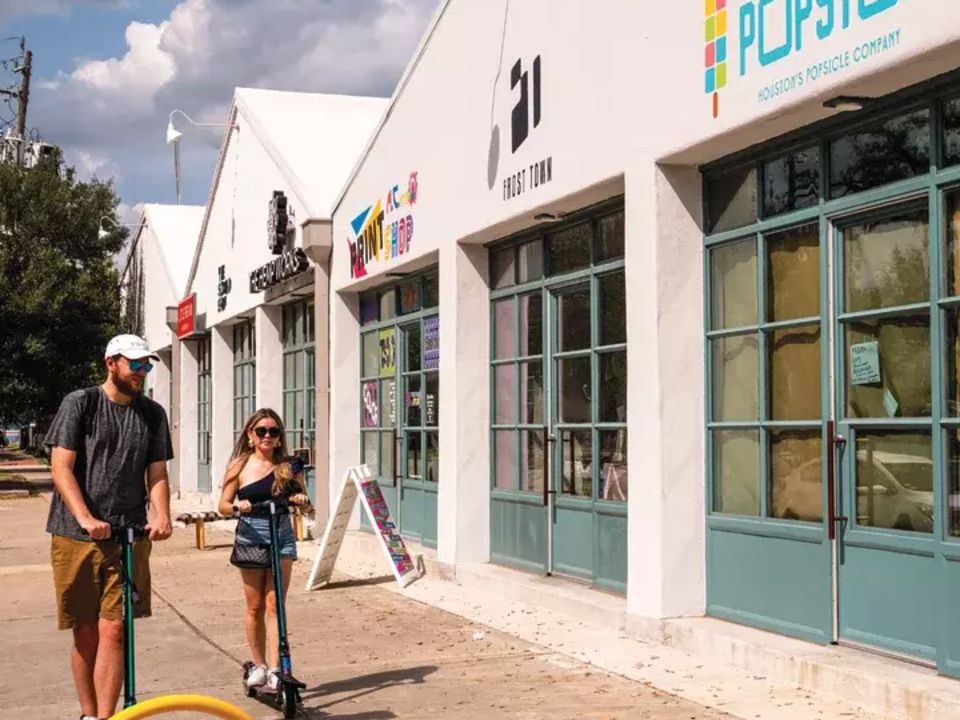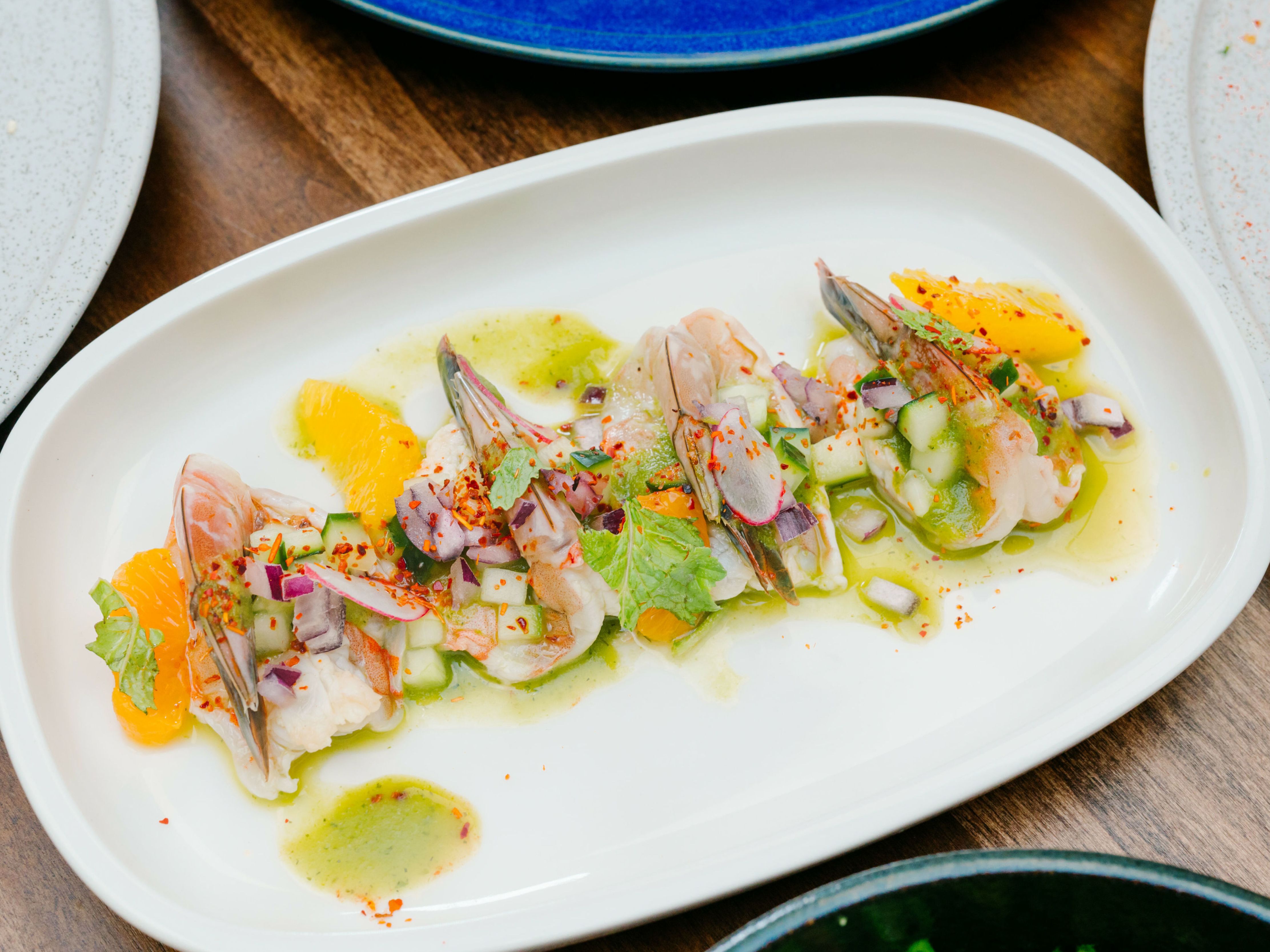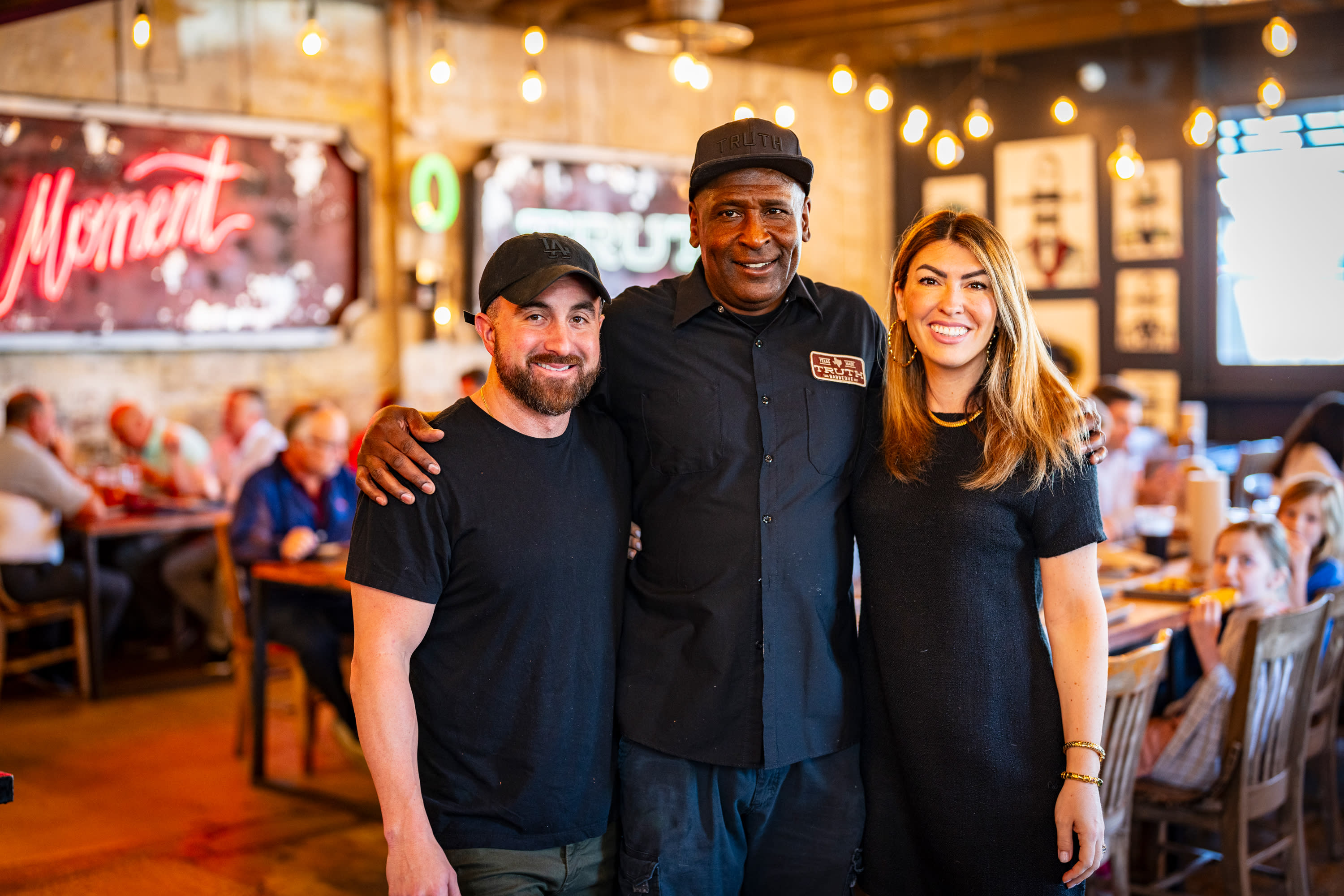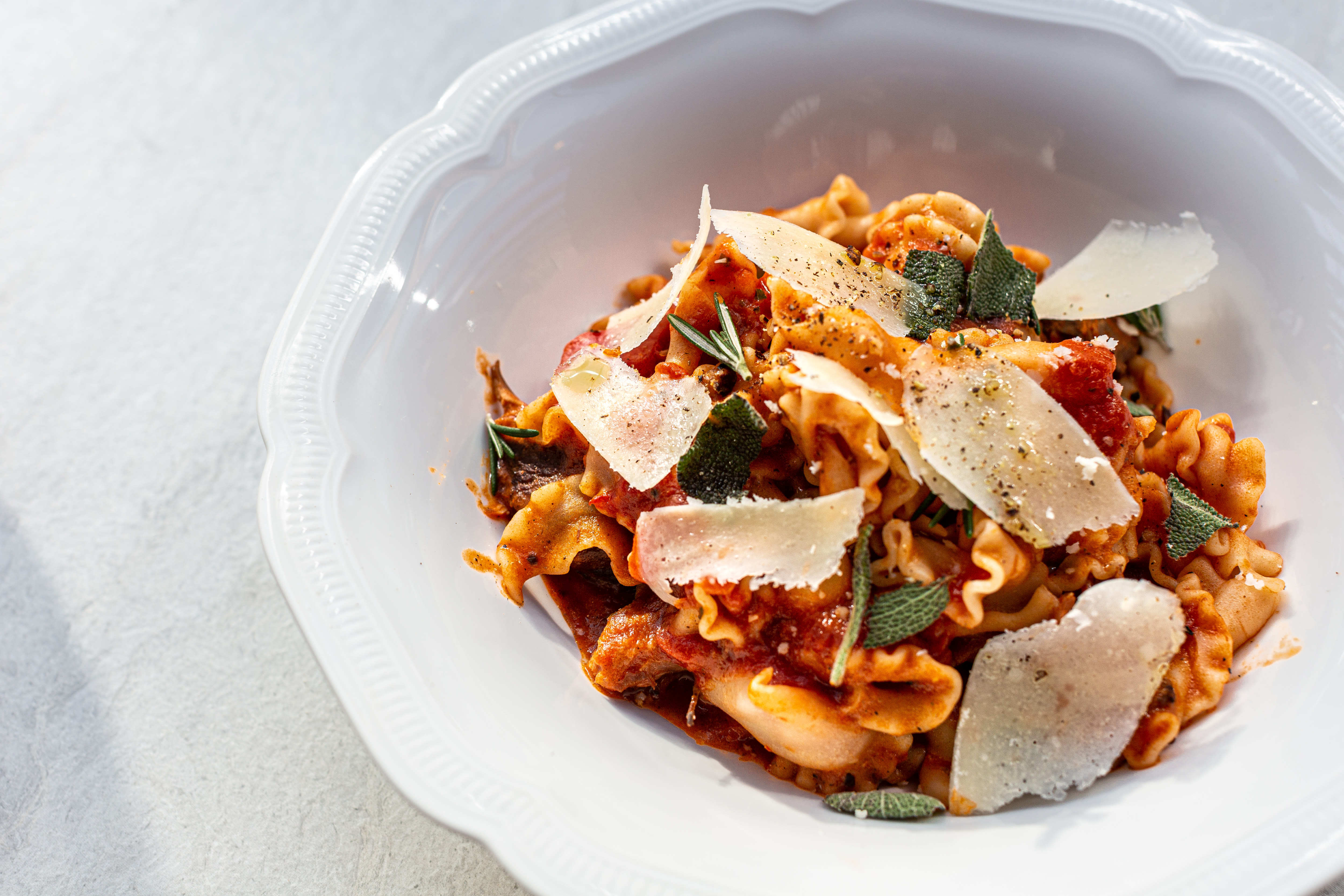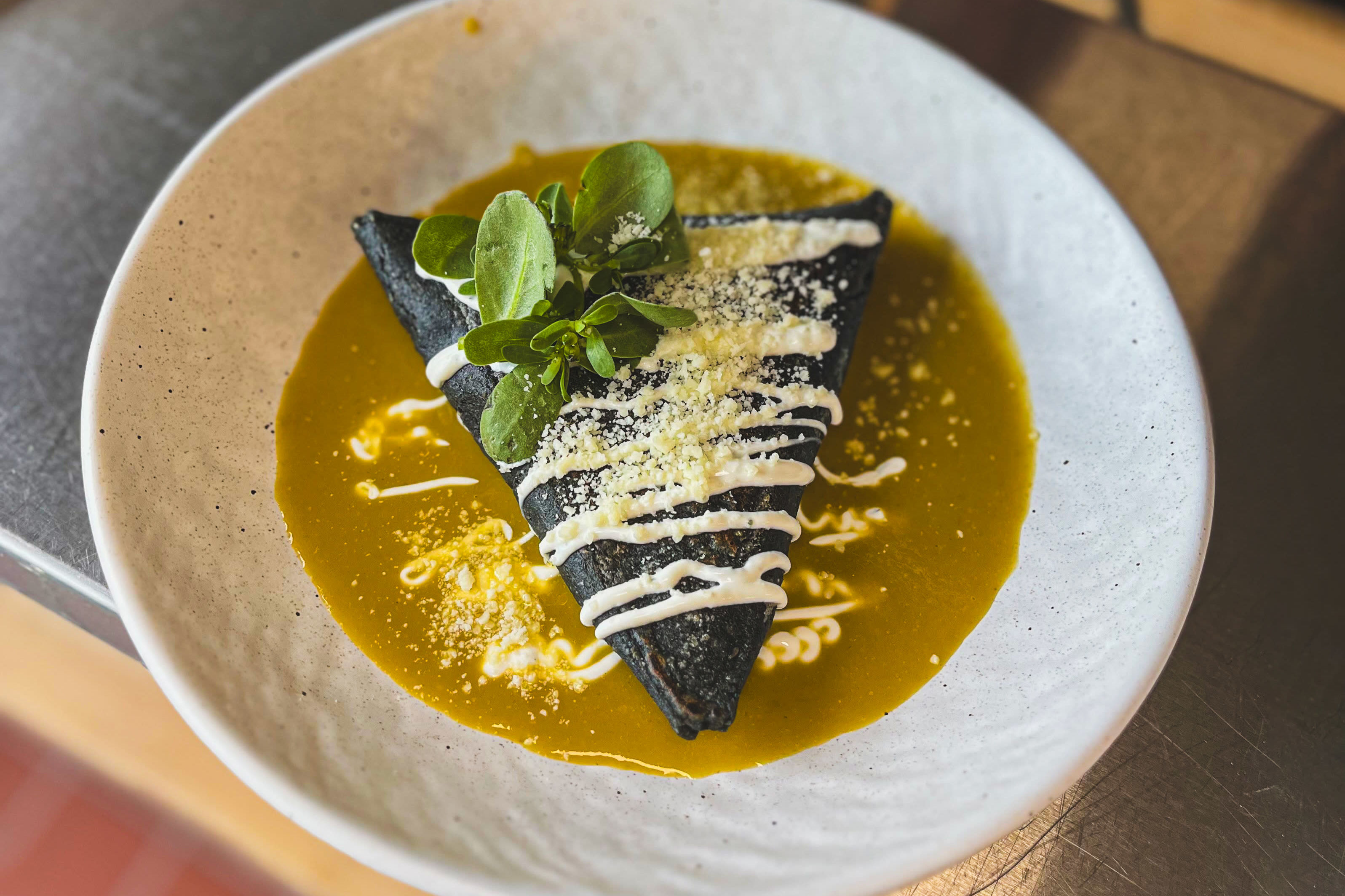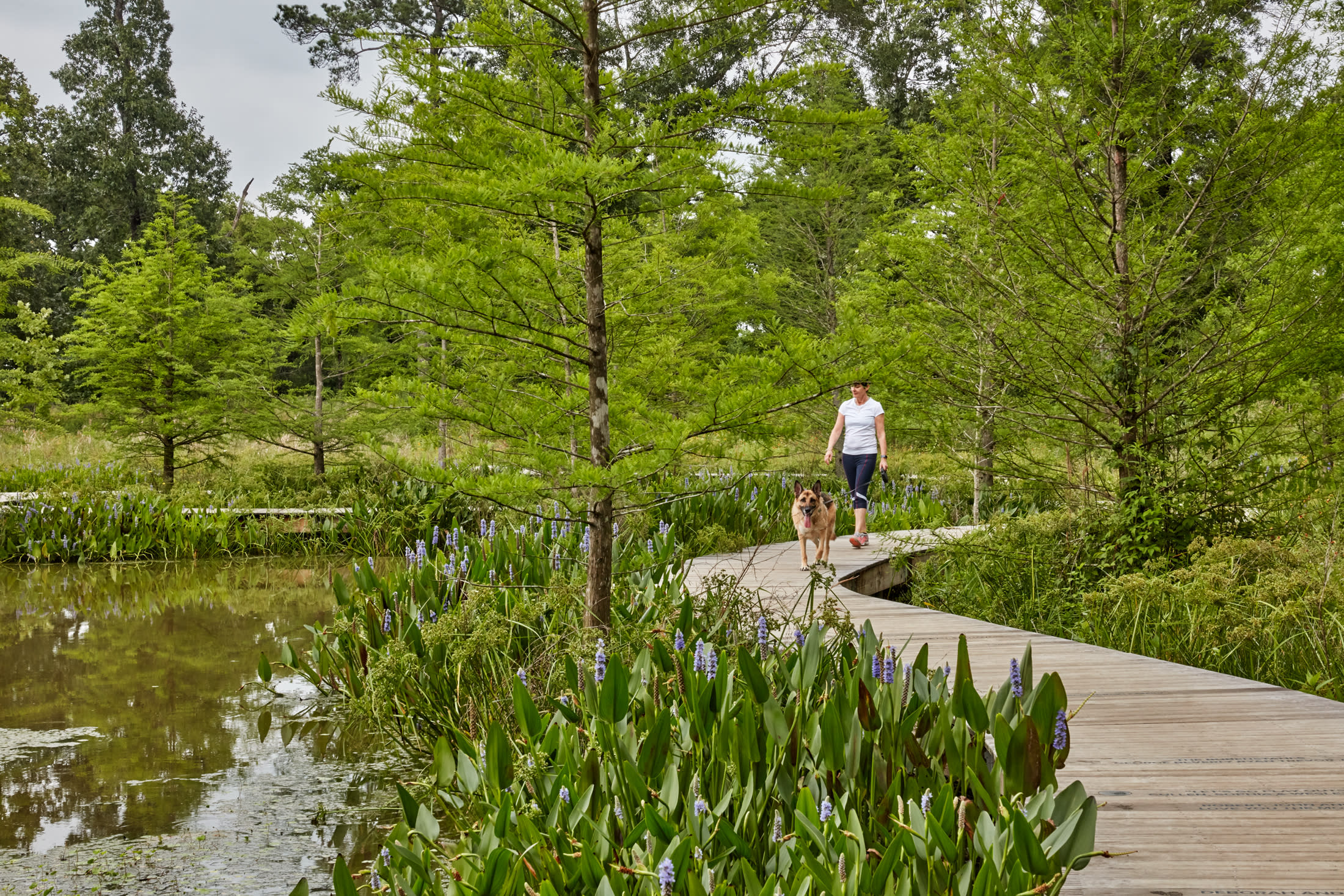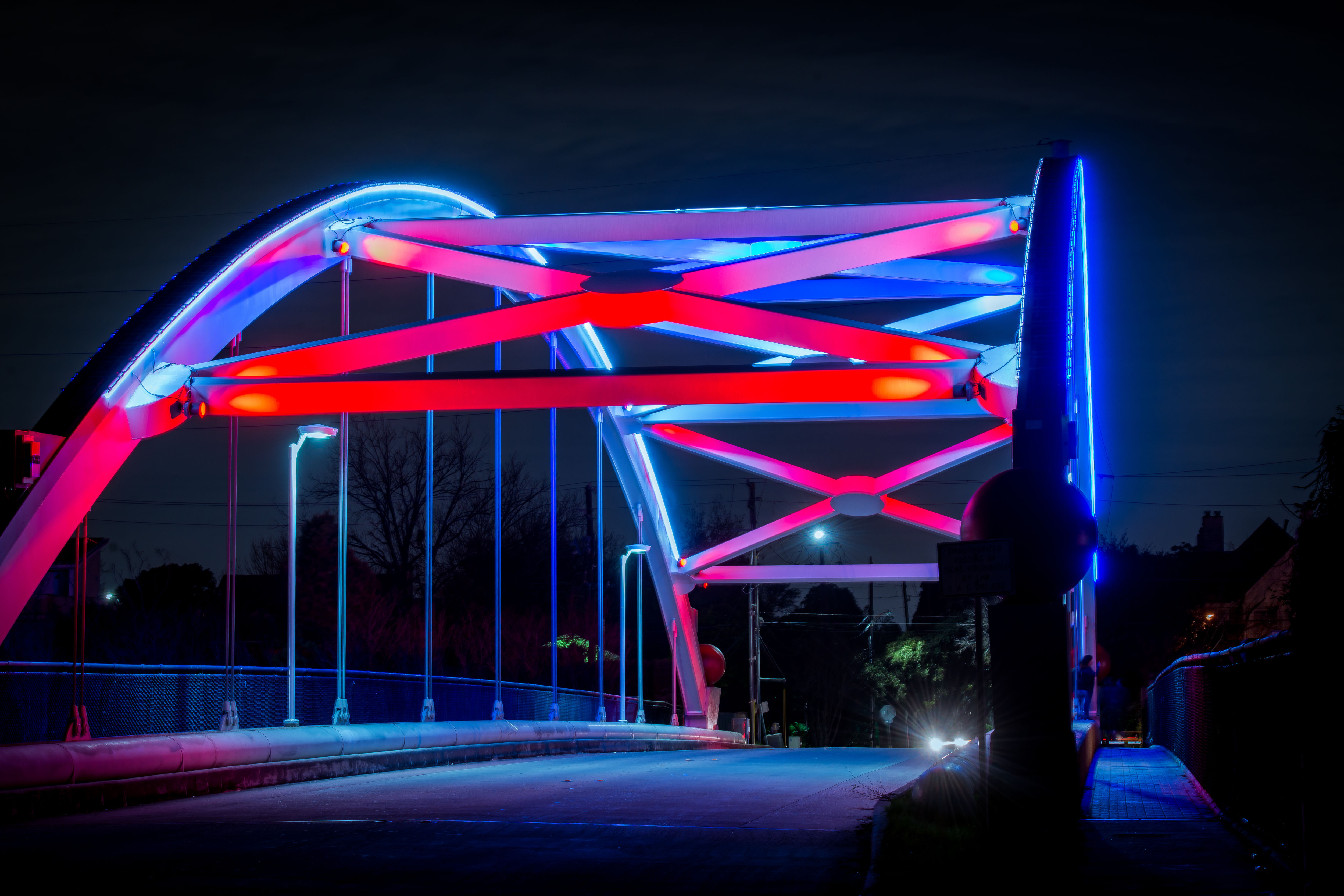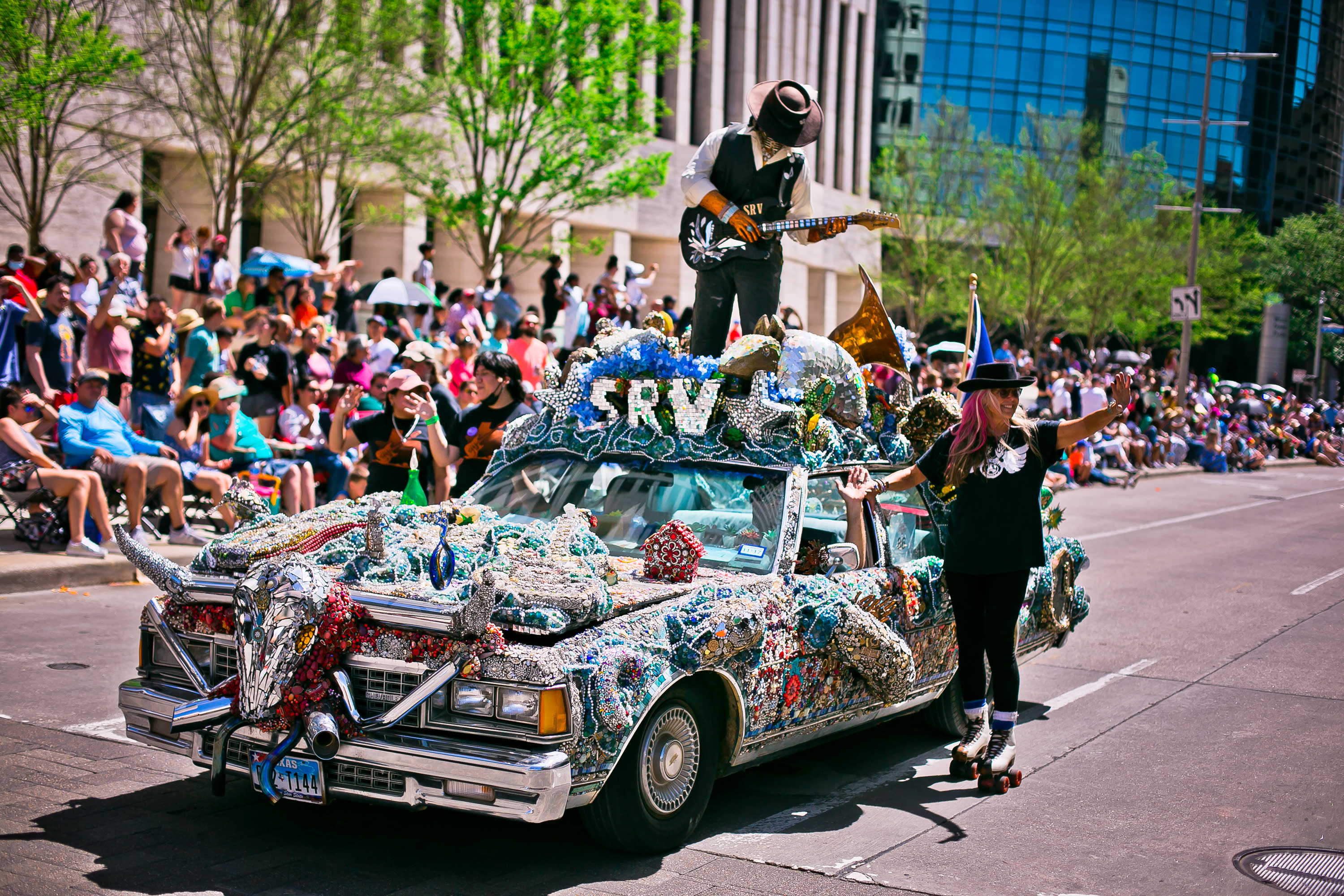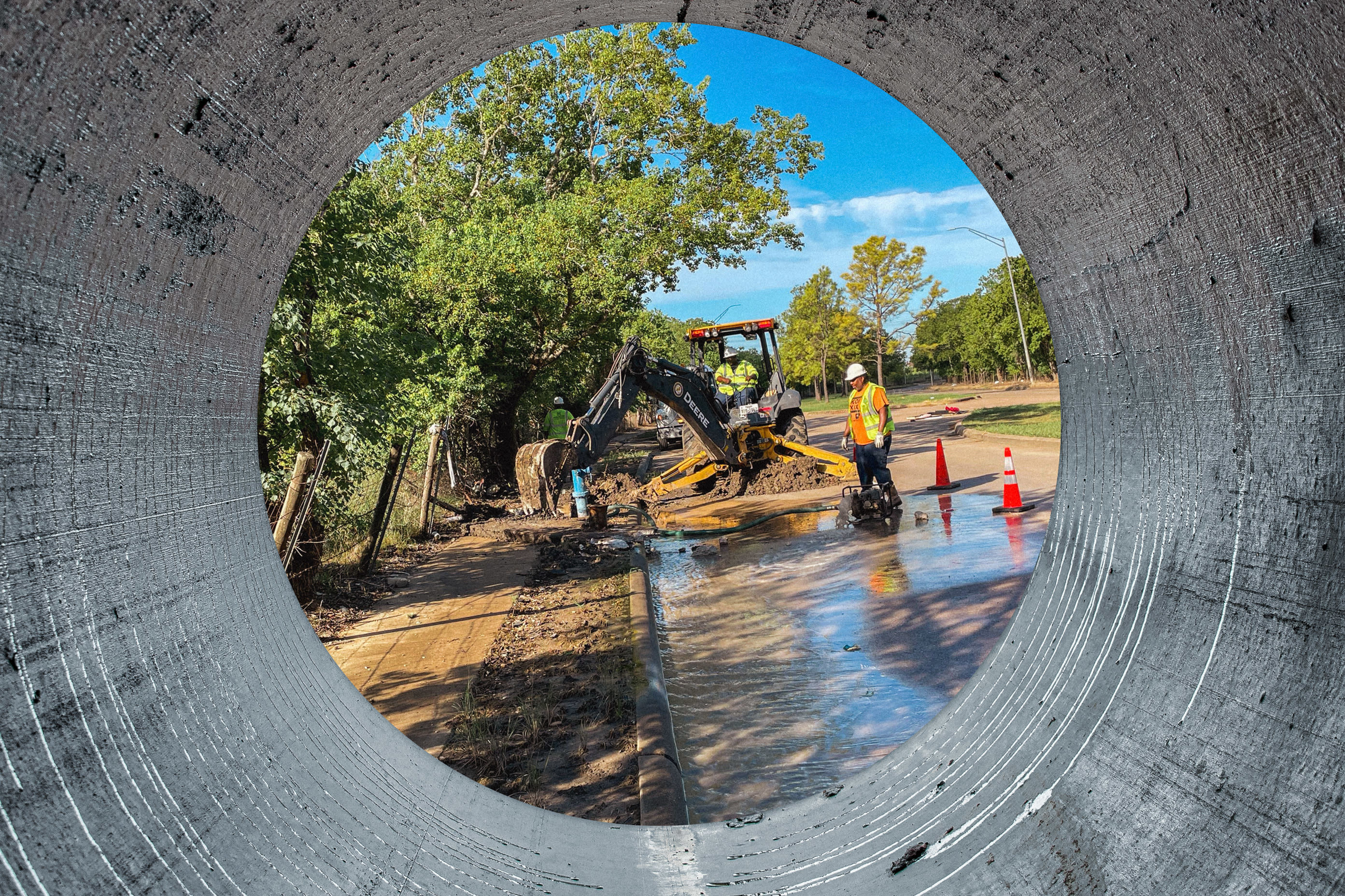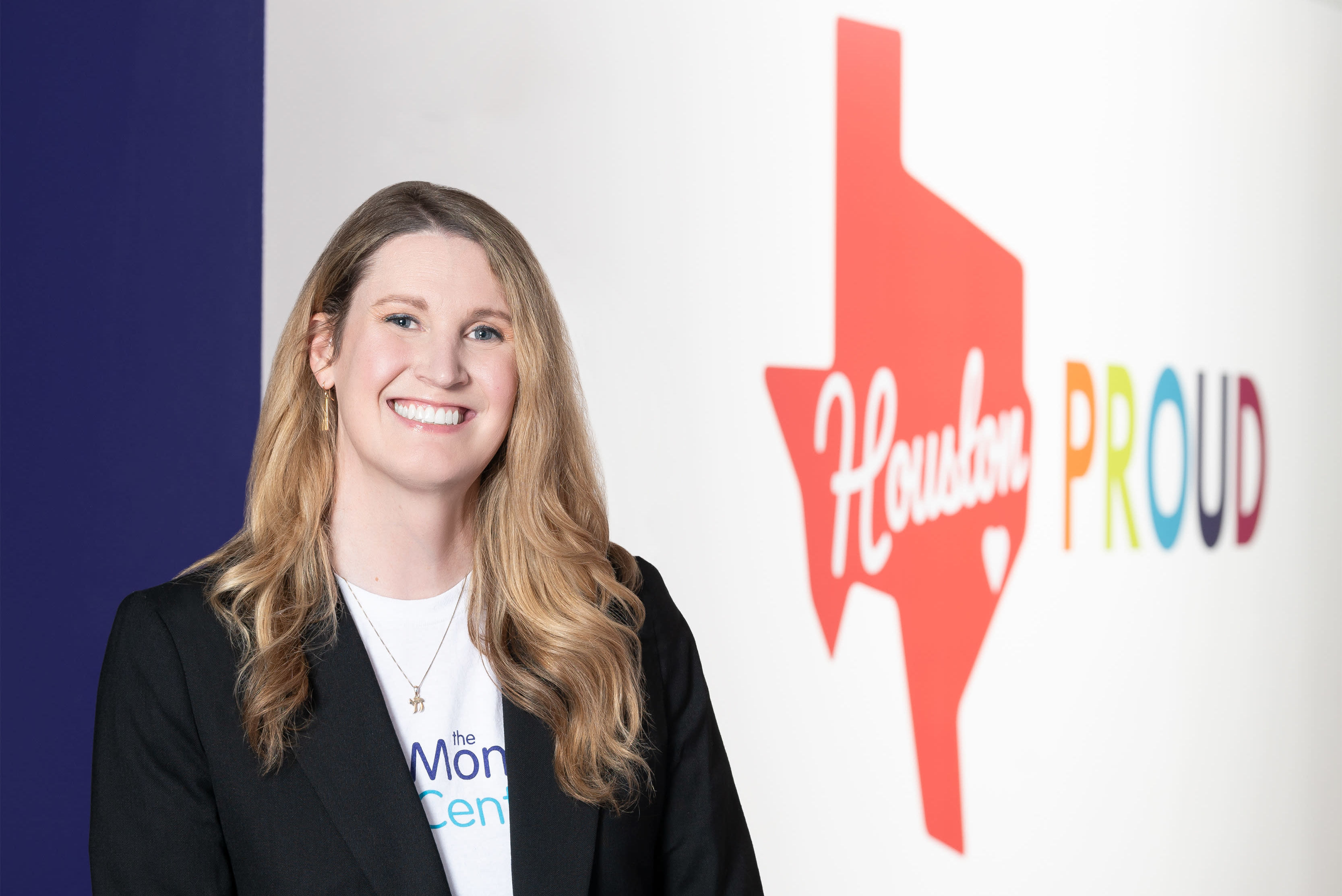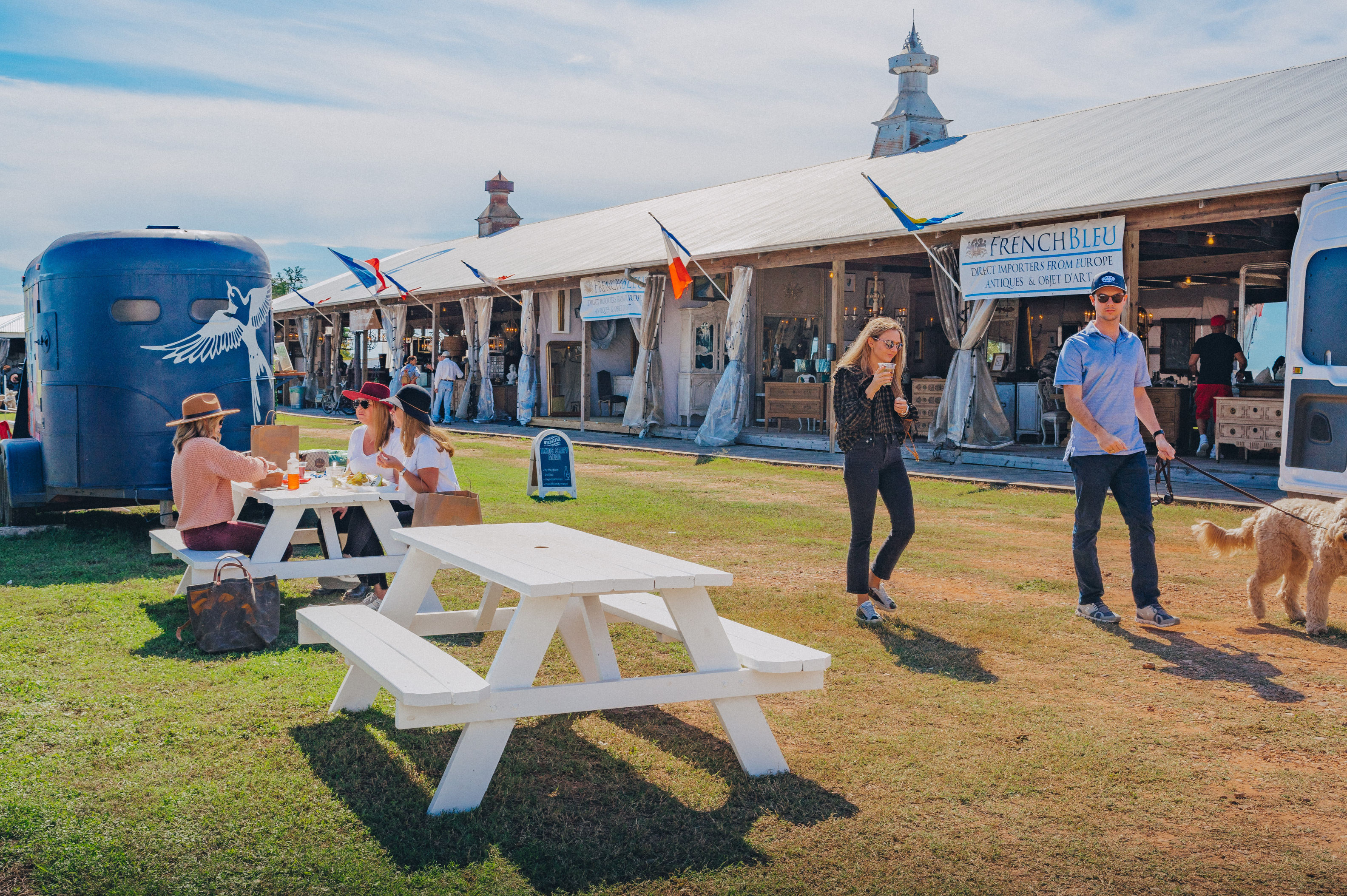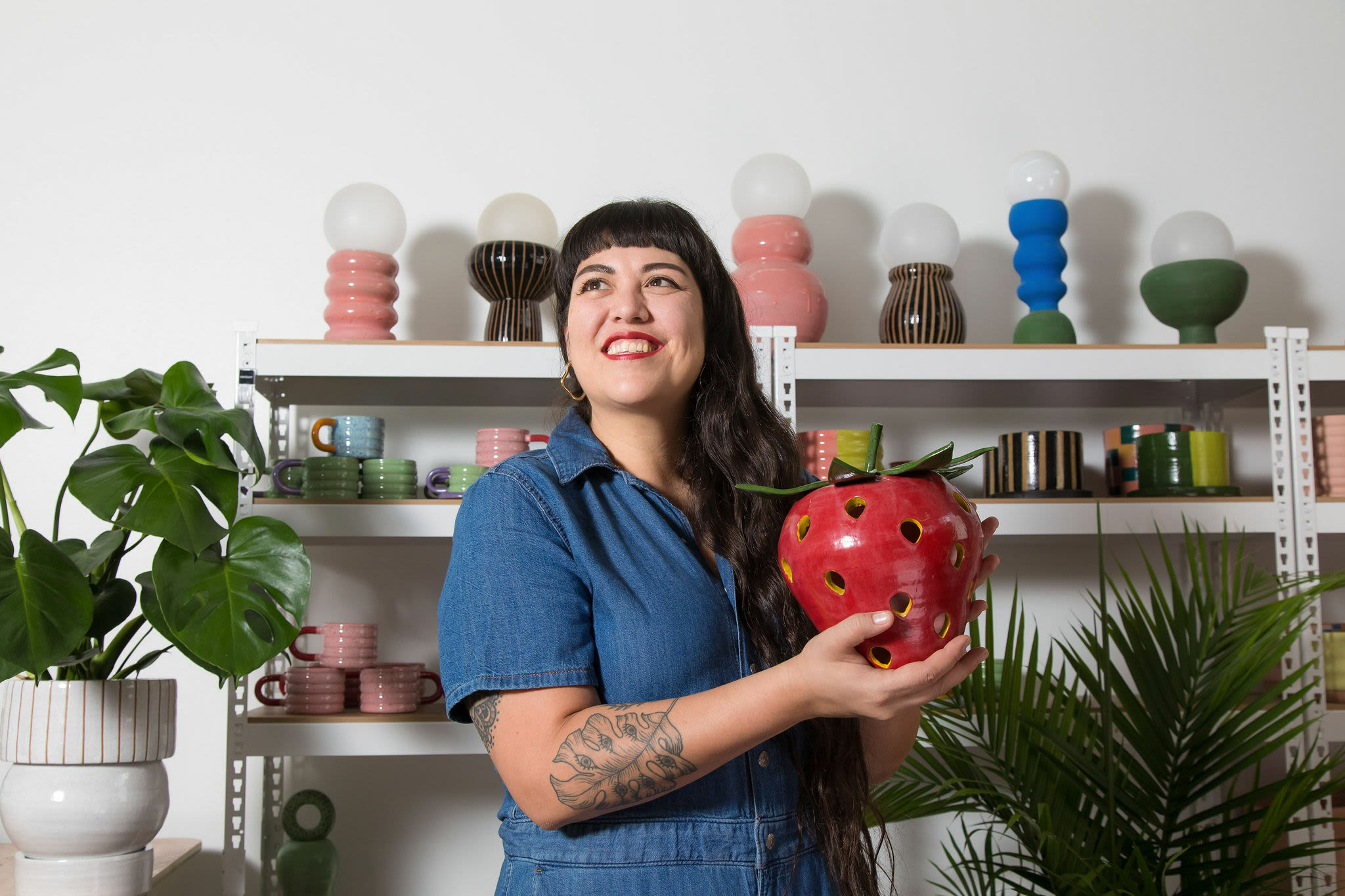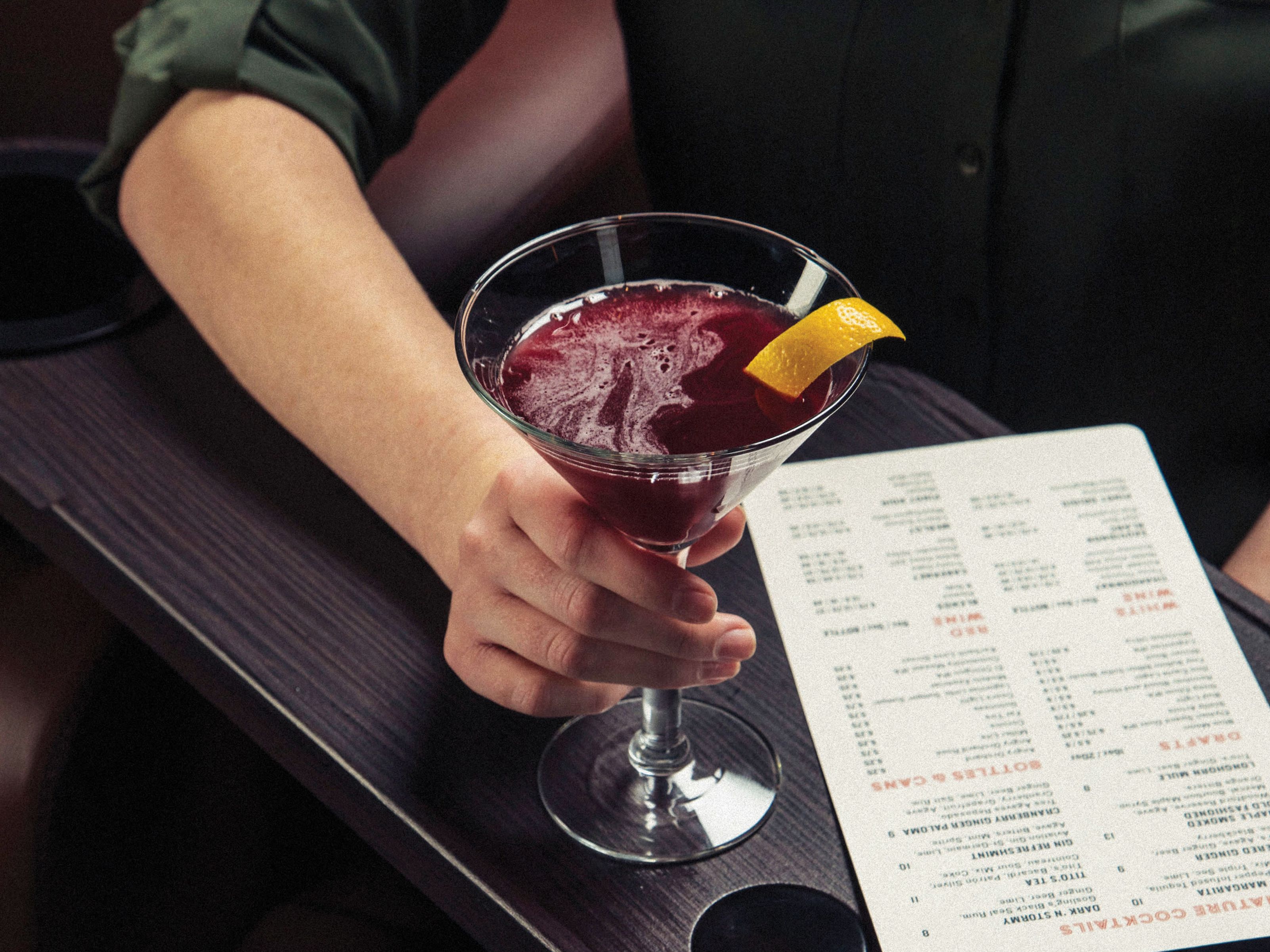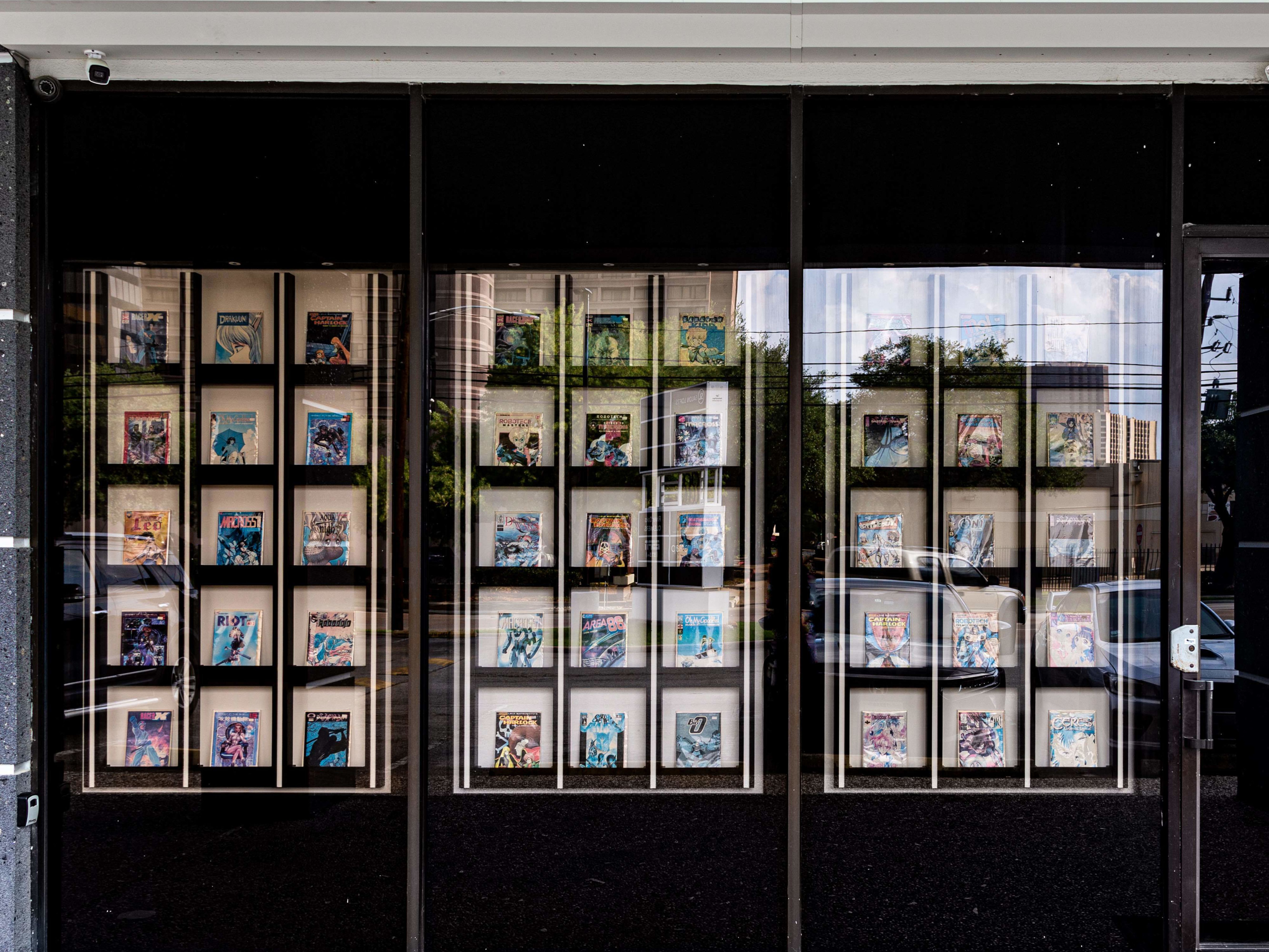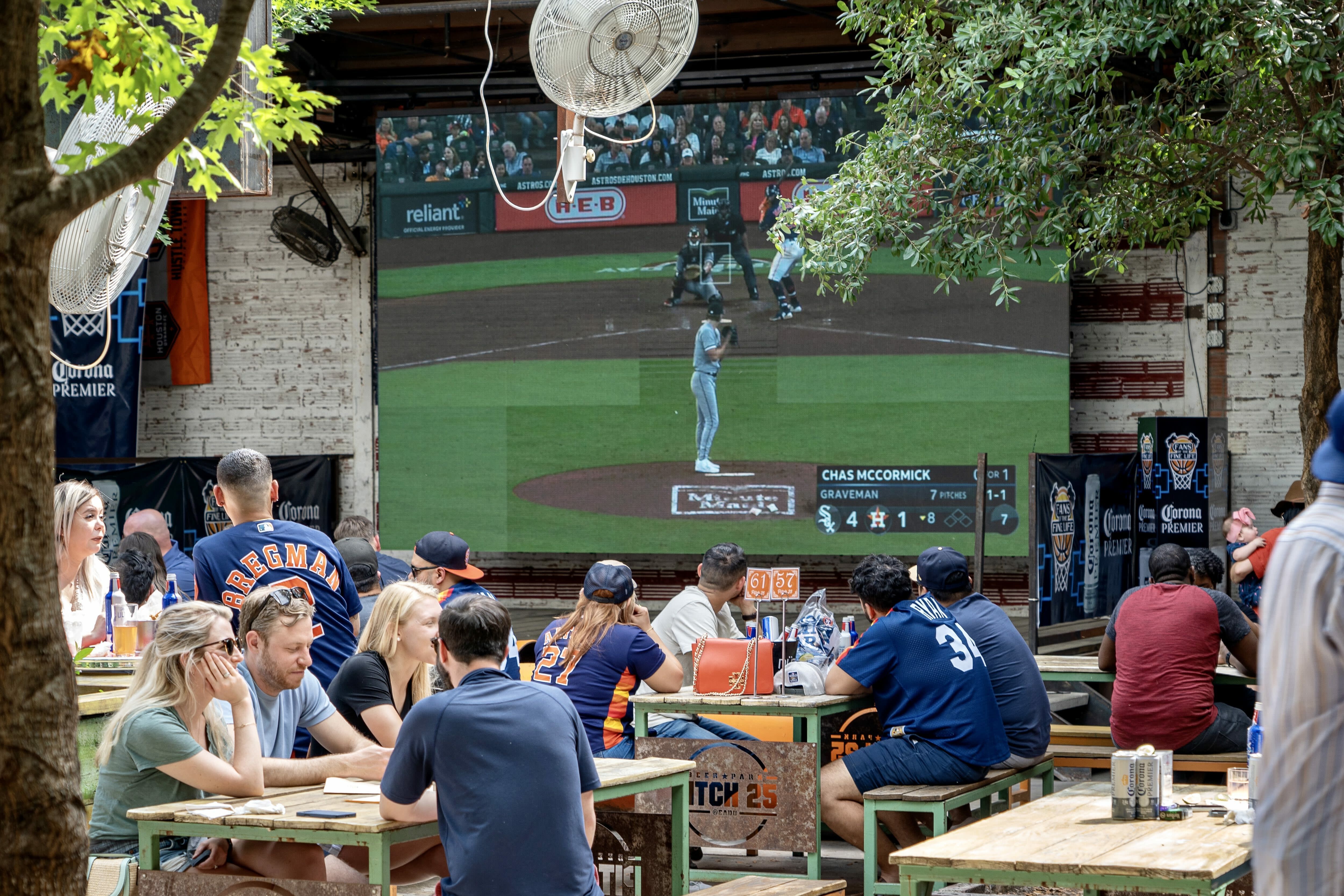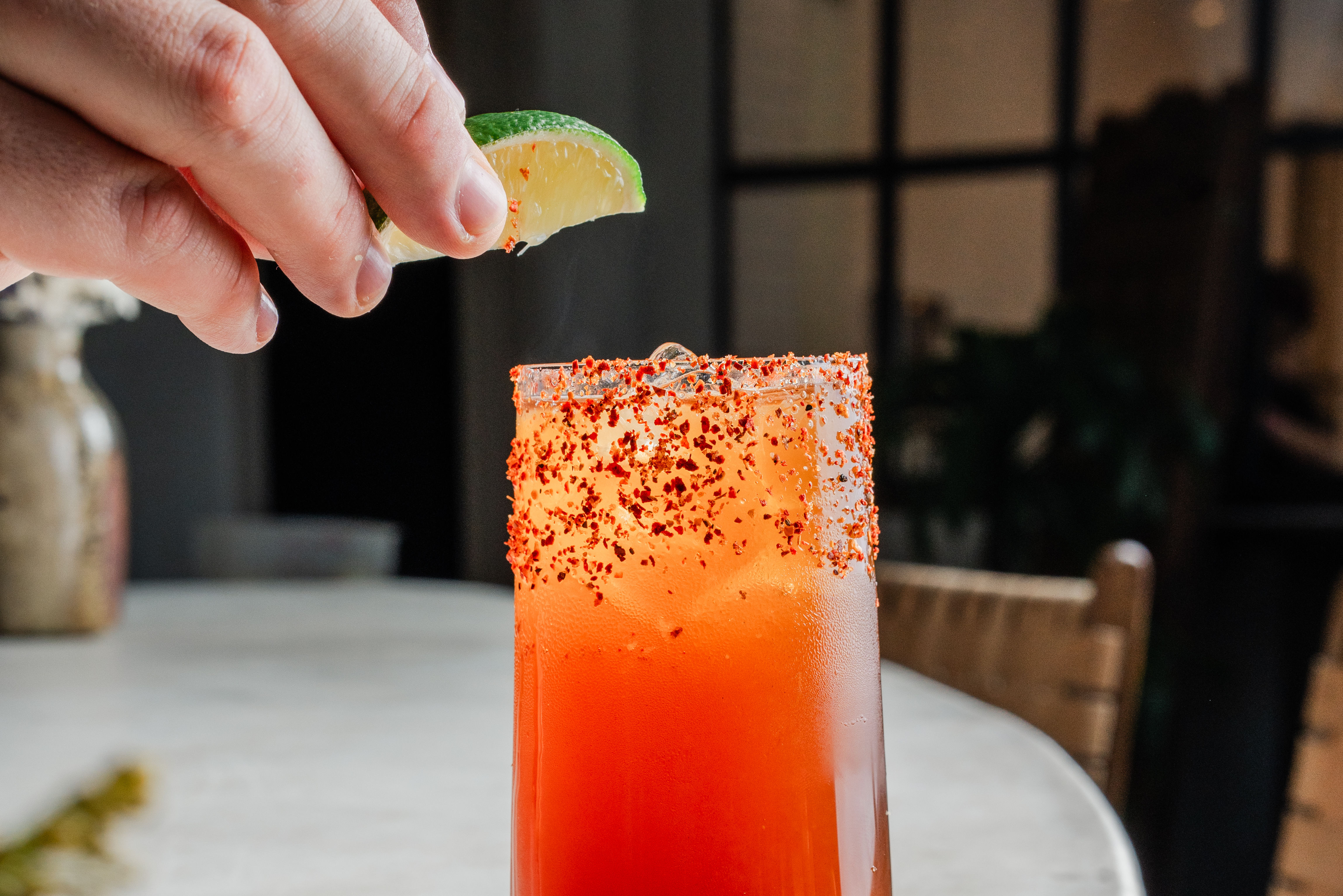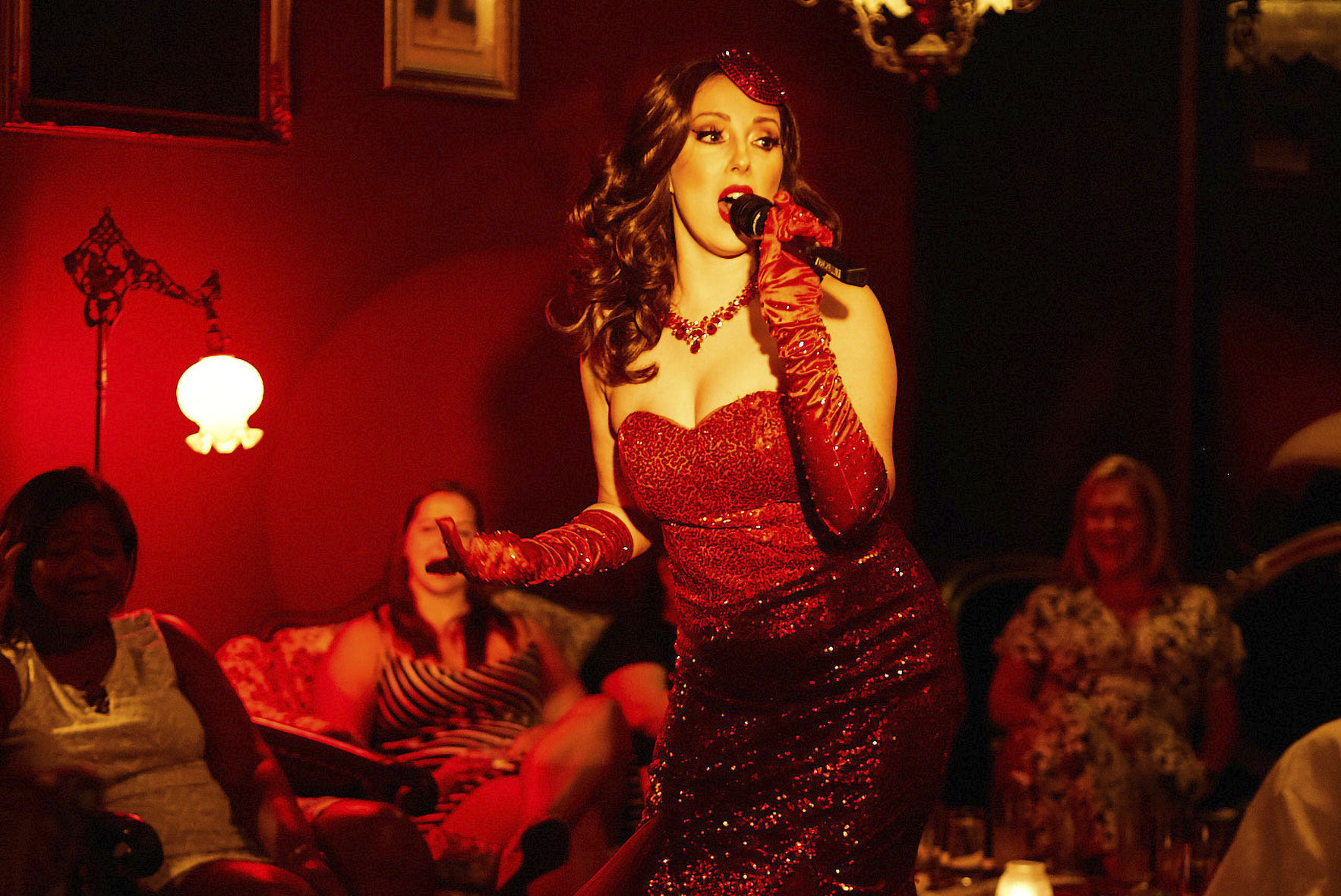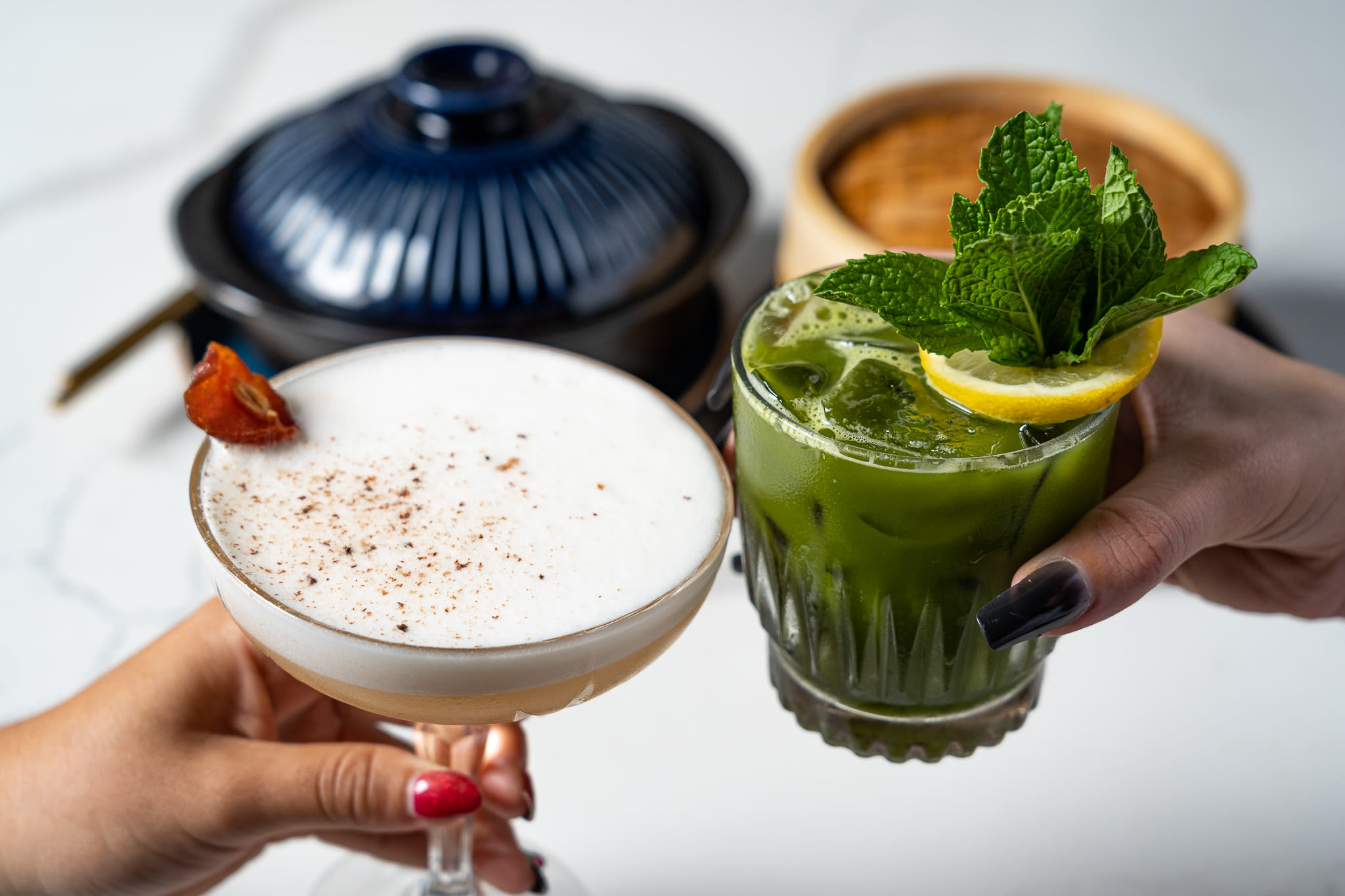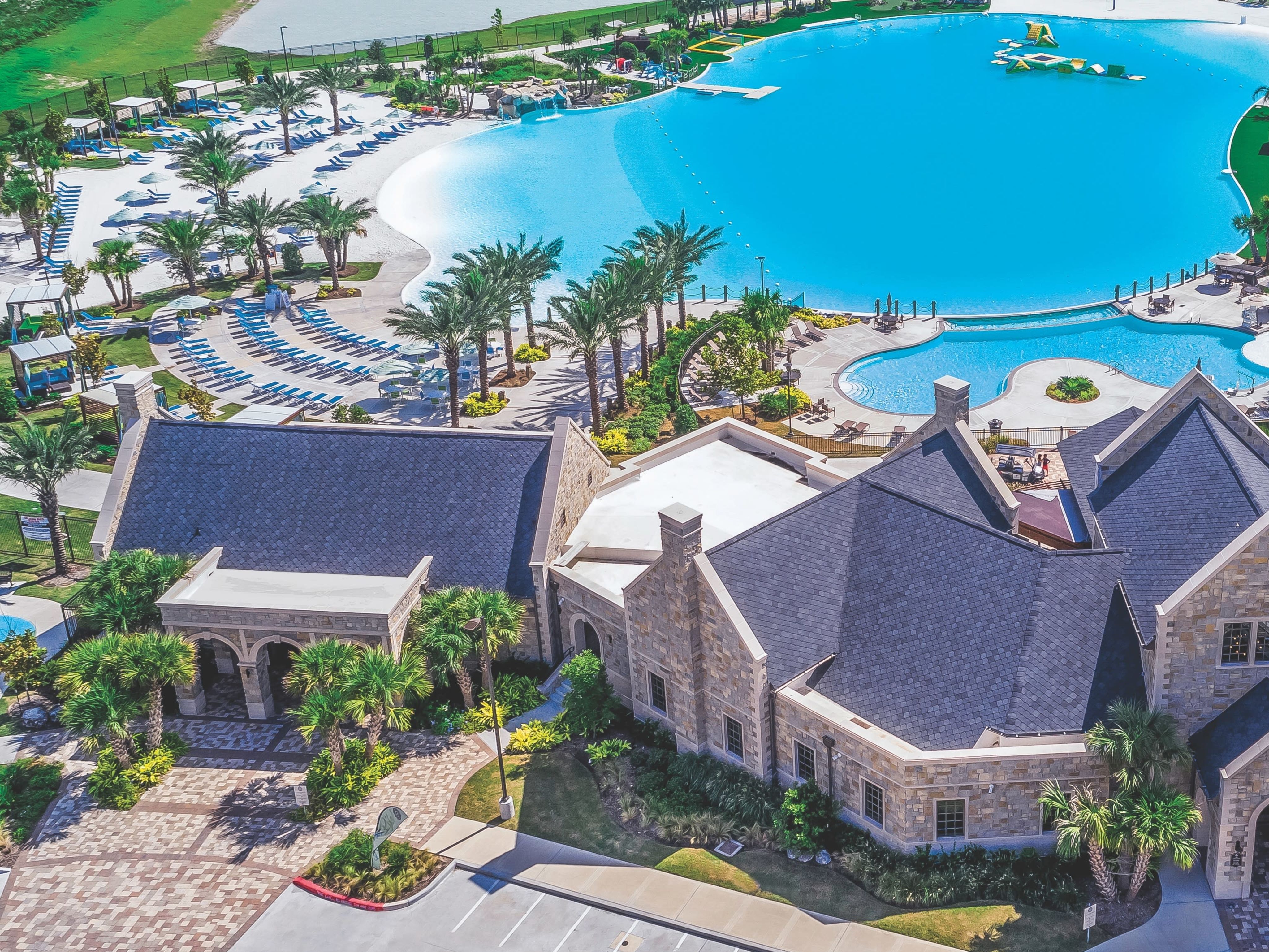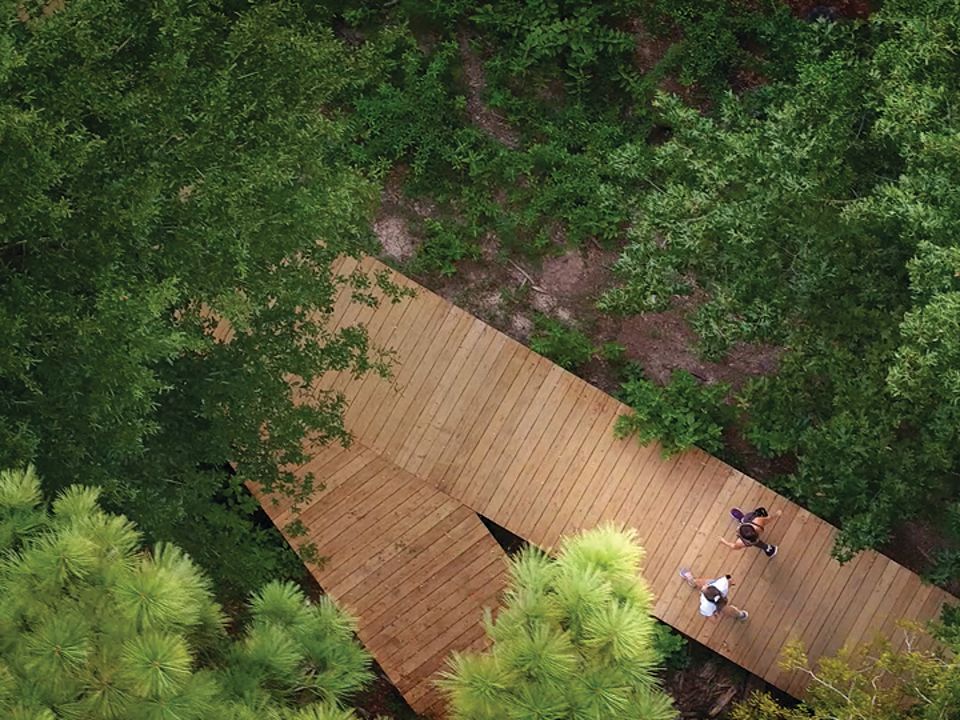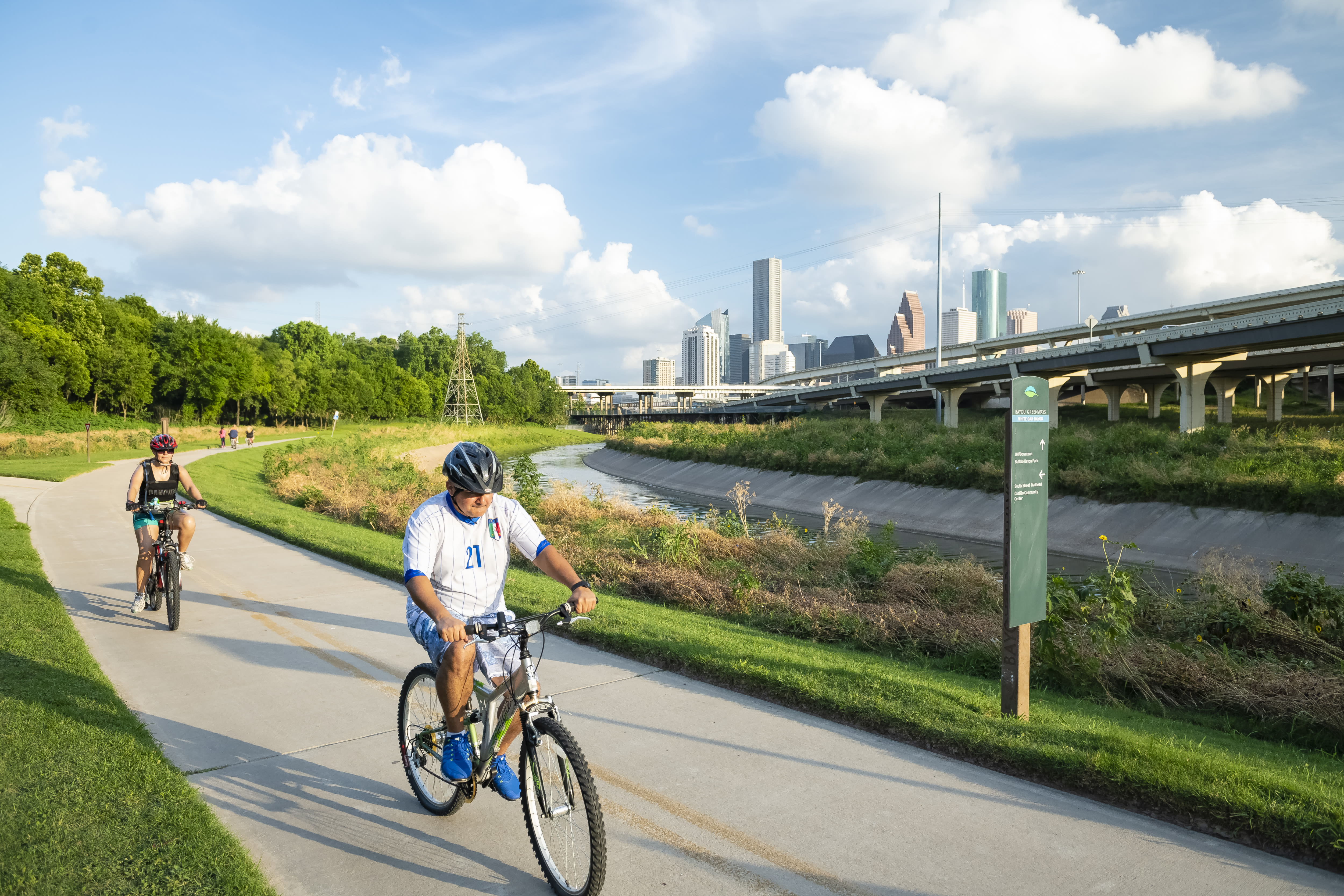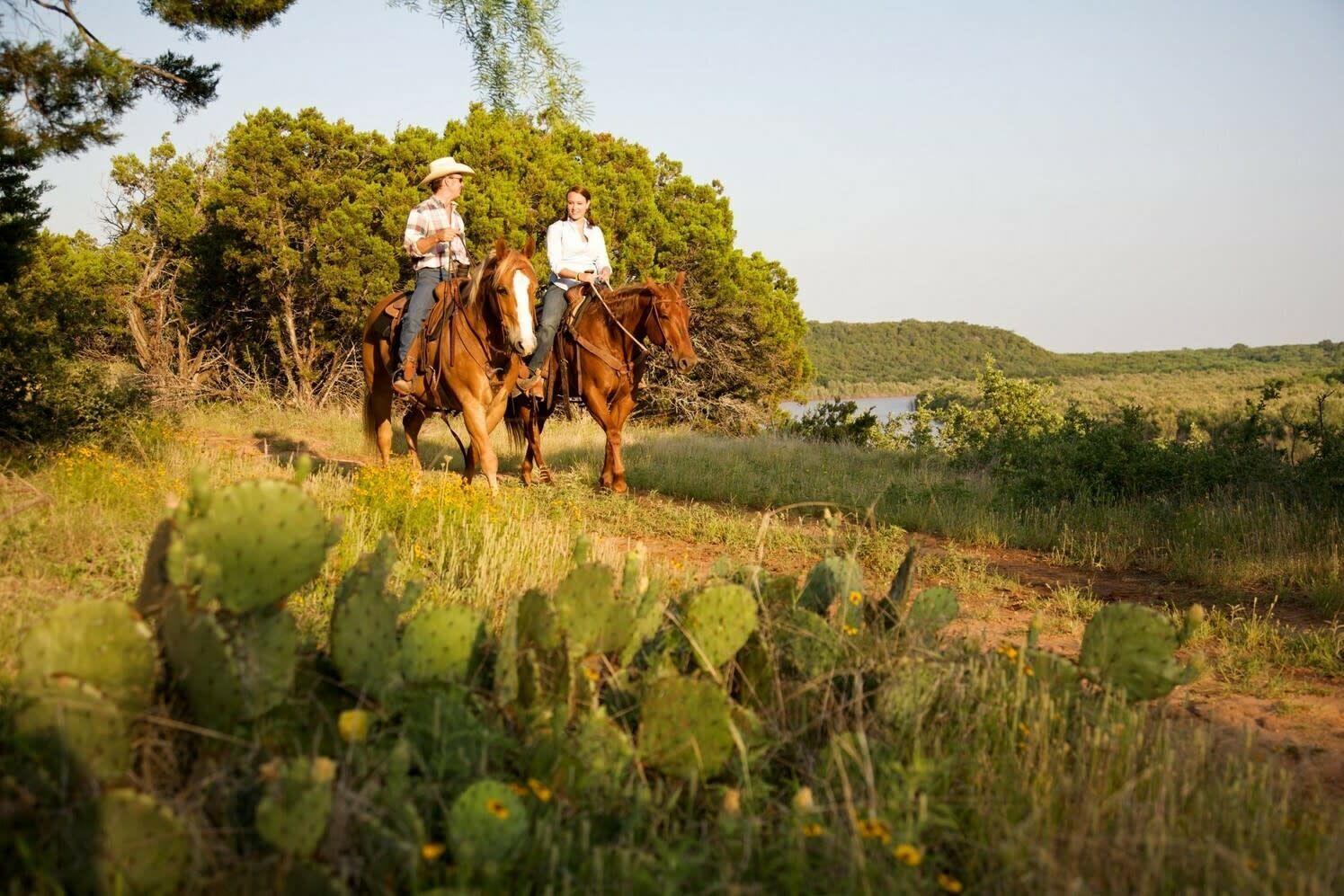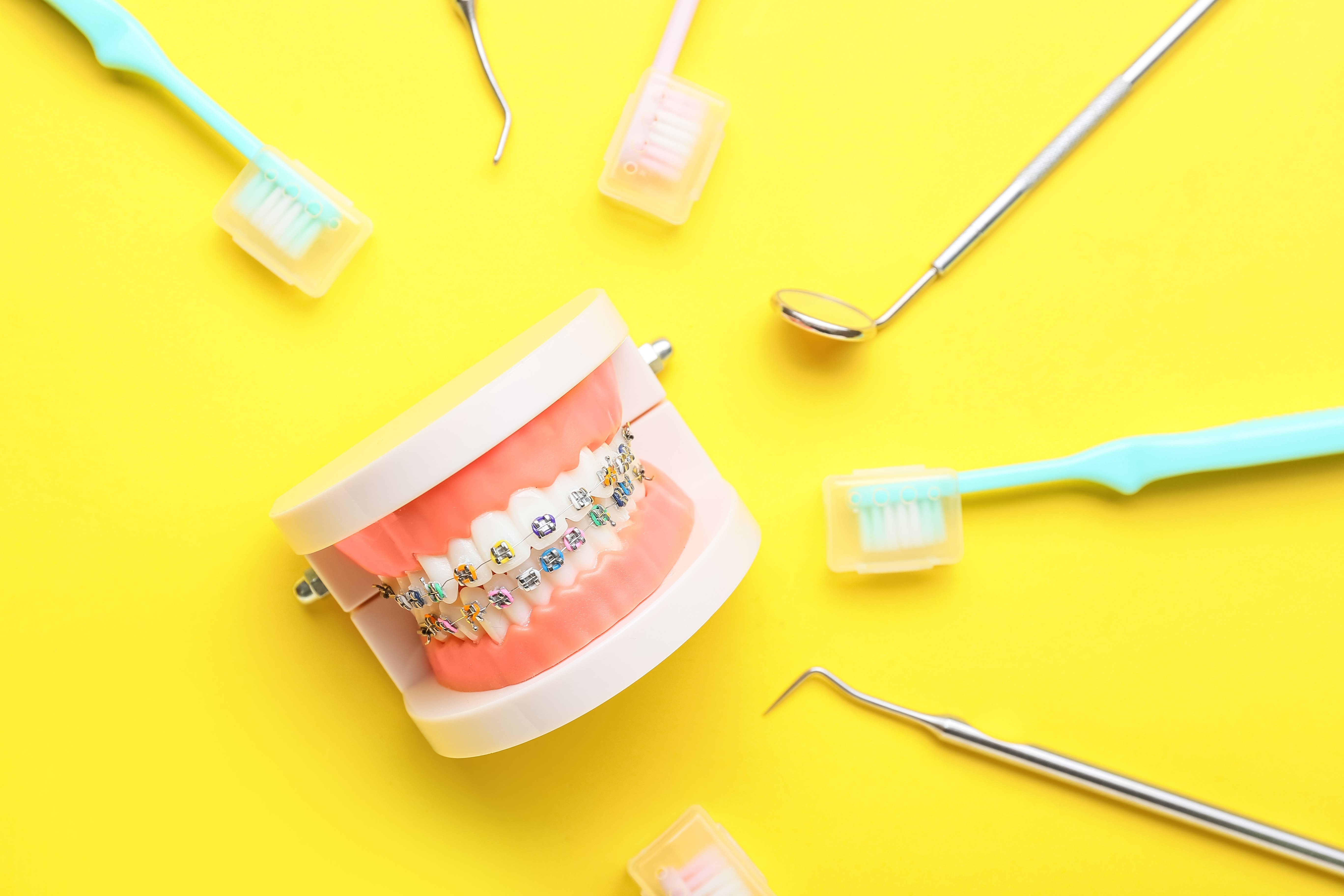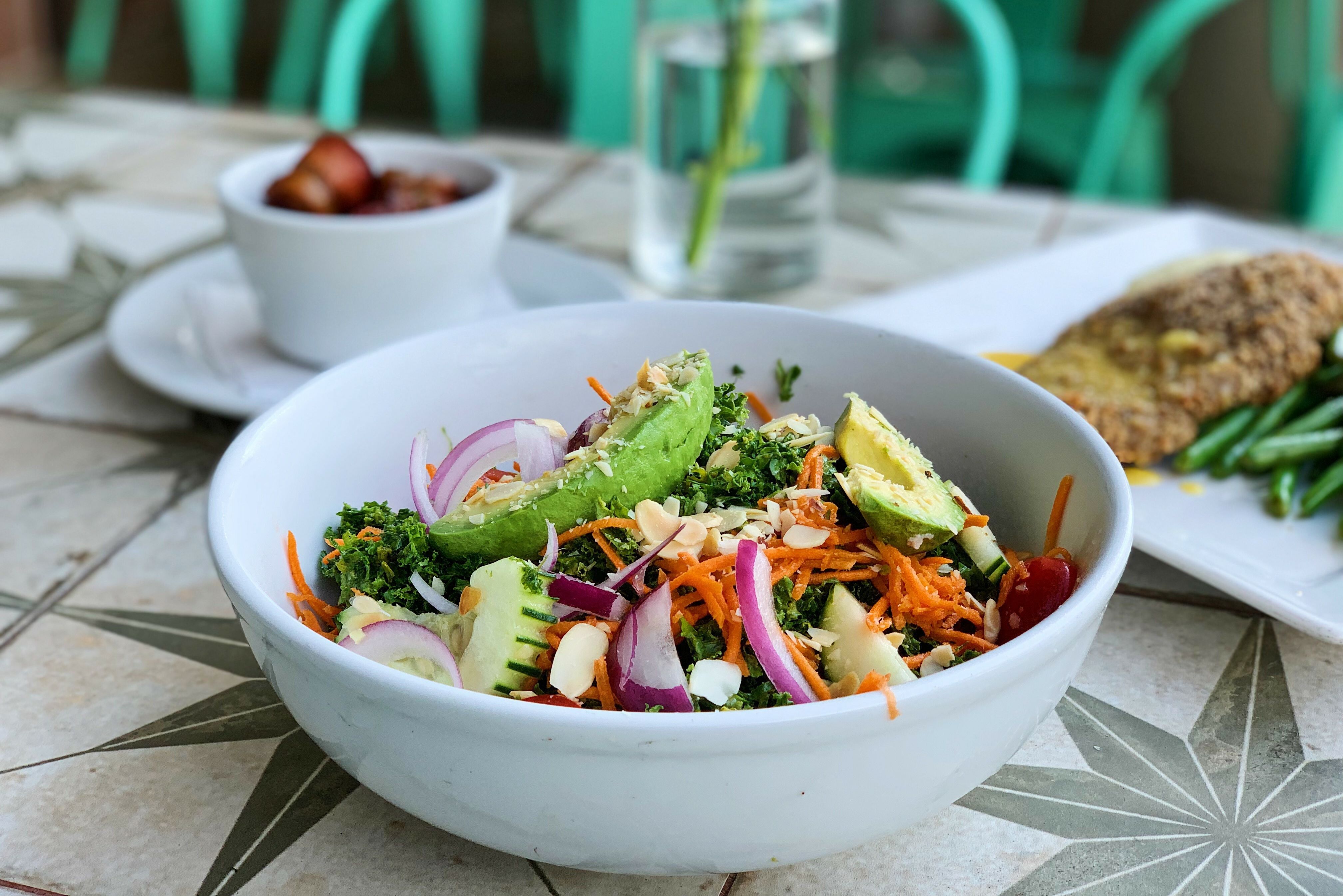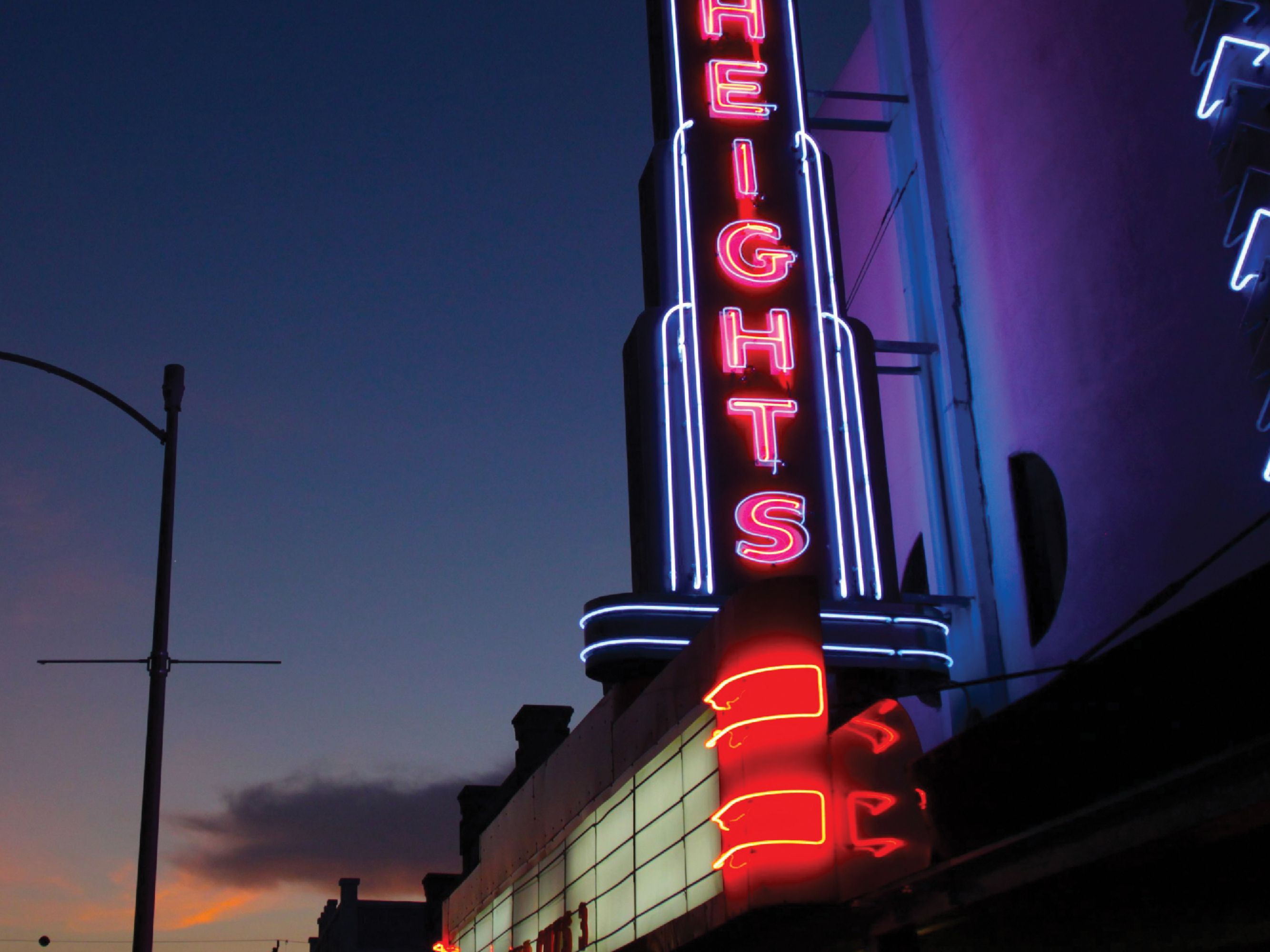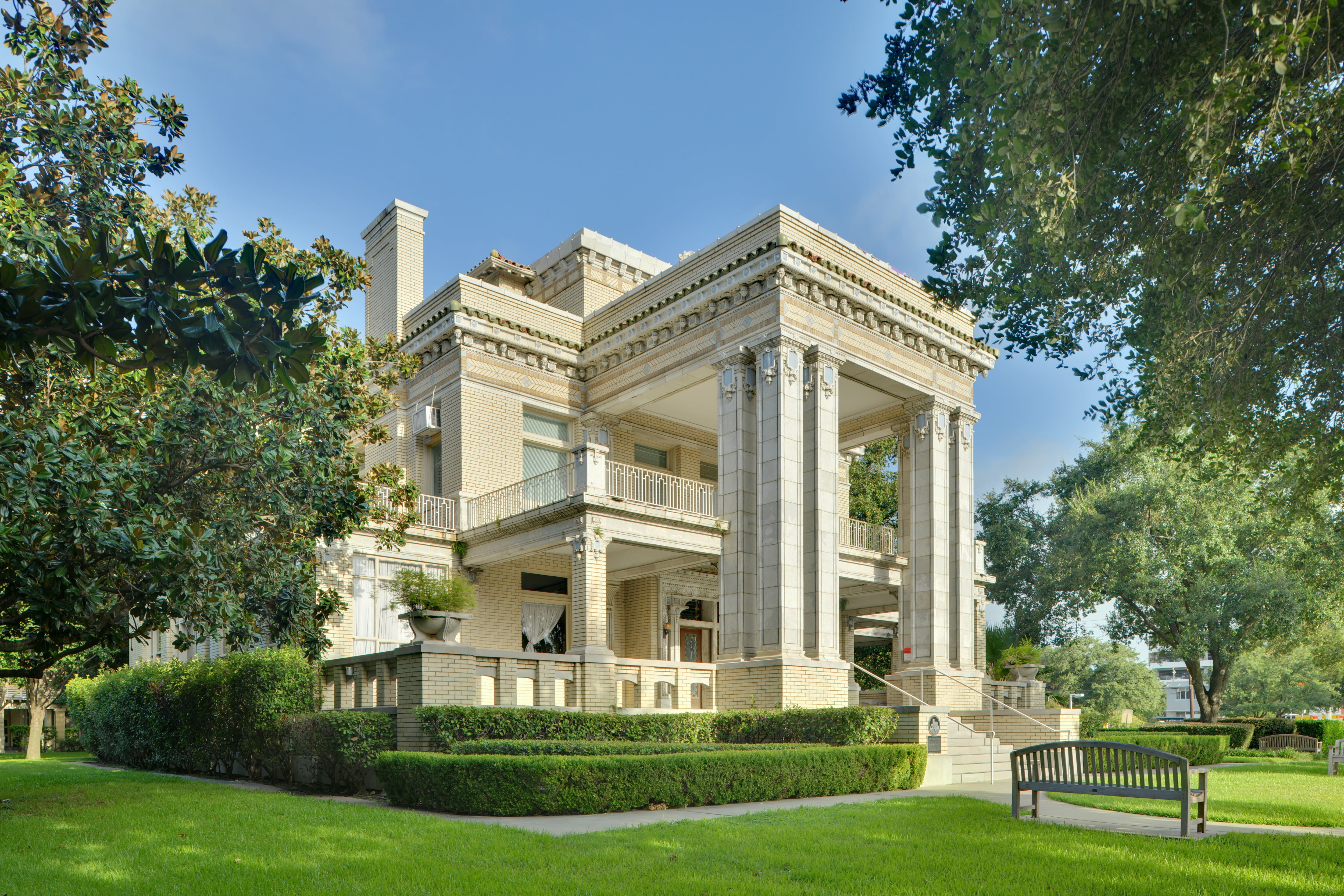
Reflecting on Four Decades of Houston's Asiatown
Earlier this year, when I came home to Houston from New York, my family decided that we’d been deprived of dim sum for too long. No dim sum parlor existed in this particular suburb, and even if it had, we wouldn’t have gone there unless we’d heard from my father’s friends that it was good.
So the six of us piled into my sister’s SUV for the 50-minute trek to a place we knew would answer to our cravings. When we turned off Beltway 8 onto Bellaire Boulevard, the familiar sight of signs in English, Chinese, and Vietnamese felt like a second homecoming.
Houston’s Asiatown took root 40 years ago, when the first Chinese businesses opened on this stretch of Bellaire. Considerably younger than the legendary Chinatowns of this country, it lacks the purposely ornate Orientalist architecture of San Francisco Chinatown (established 1848, rebuilt as we know it after the 1906 earthquake) or the pedestrian density of Manhattan Chinatown (established in the 1870s), with banners and lanterns strung across its streets.
But Asiatown, with its six miles of eateries and shops announced in cluttered strip mall signage, has its own kind of vibrancy—and, dare I say, better food.
I visited the neighborhood regularly when I was a kid. Outside of home and school, it was where I spent the most time. On weekends, it’s especially busy. Parents take their children to bakeries for treats as a reward for sitting through hours of weekend Chinese school. Friends meet up for their boba fix. Nail salon owners refresh their supplies at the wholesale shop, where you can find anything for the business from jugs of lotion to reception desks.
But while this hum of activity was ingrained in me, it wasn’t always that way for this city. The rise of Asiatown is a rather Houston story, one of cheap real estate, immigrant hustle, and communities mixing.
Before there was Asiatown, there was the original Chinatown. It sat on the eastern edge of downtown in an area now rebranded as EaDo. This Chinatown consisted of some stores, bakeries, a noodle factory, and the On Leong Chinese Merchants Association—a three-story building finished in 1951 that housed shops, Sun Deluxe Cafe, meeting spaces, and apartments.

Rogene Gee Calvert at the new Houston location of Hope Clinic, where she’s a board member.
Image: Anthony Rathbun
For Asian American community leader Rogene Gee Calvert, this small Chinatown was an indispensable part of her youth. The second of four children in a Cantonese family, the now-74-year-old was born and raised in Third Ward, where her parents ran a grocery store. Every weekend, her family and friends went to Chinatown to attend the Chinese Baptist Church, eat, and shop for groceries they couldn’t find anywhere else. “Mainly it was dry goods that they would get, imports from China,” Calvert recalls.
Change came in the 1960s, when US 59 was constructed close to Chinatown, and the Texas Eastern Corporation bought up 32 contiguous blocks nearby and razed them.
Still, historic Chinatown remained important to Houston’s growing Asian population through the 1970s and 1980s. The Immigration and Nationality Act of 1965, which lifted long-standing restrictions on Asian immigration, and the fall of Saigon in 1975 brought new waves of Asian immigrants and Southeast Asian refugees to Houston. About two miles away in Midtown, Vietnamese refugees settled around Travis and Milam Streets, creating a Little Saigon that prospered into the 2000s.
My father was part of the former wave, allowed to immigrate in pursuit of higher education. In 1969, he journeyed from Hong Kong to the US with two suitcases to study engineering. He earned his bachelor’s and master’s from the University of Texas at Austin, then went to work in Houston’s energy industry in 1975. On weekends, he and his roommate visited Chinatown for vegetables and roast duck. Back then, there was no fresh roast duck, just frozen ones shipped in from California.
At a gathering in someone’s apartment of Chinese-speaking UT students, my quiet, serious father met my math-major mother, a woman not afraid to voice her opinions. When they married in 1976, they settled into a townhouse in Houston’s Alief area, following a pattern of Asian immigrants migrating westward and finding homes in the then-suburbs of Bellaire, Sharpstown, and Alief.
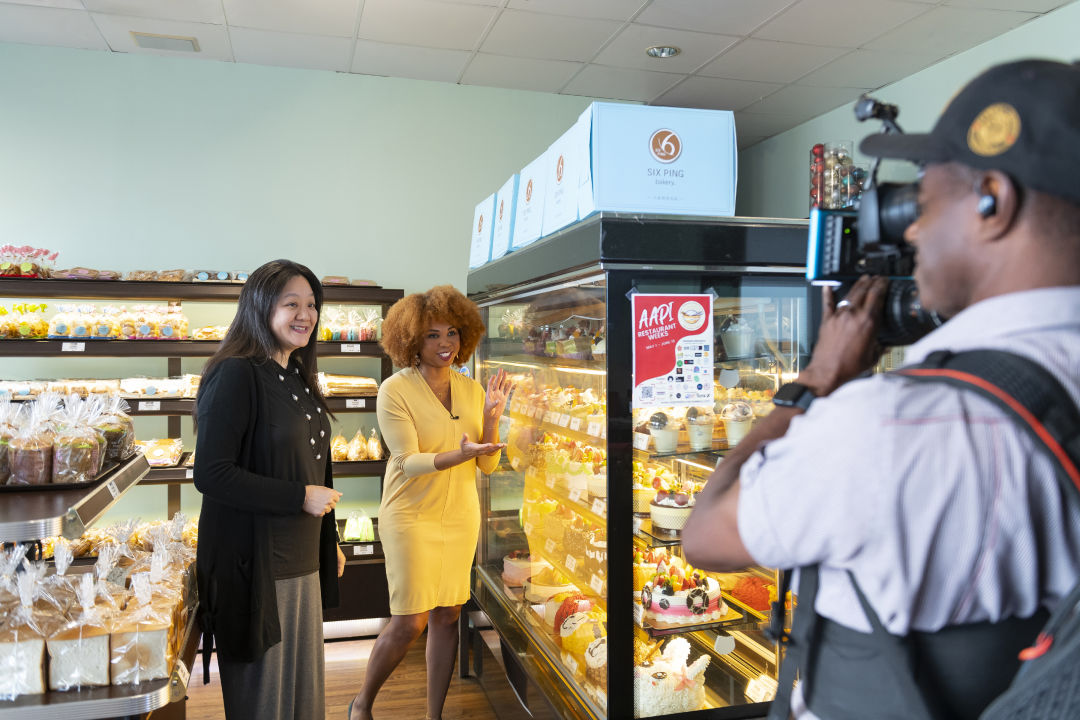
Debbie Chen, left, with Chelsea Edwards from FOX 26, as Chen advocates for Asiatown businesses during AAPI Restaurant Weeks.
Image: Anthony Rathbun
Debbie Chen, 52, program director of OCA-Greater Houston, an Asian American advocacy nonprofit, grew up in the area in the ’80s. She remembers there was an Asian grocery store on Bellaire at first and not much else. In those days it was just a two-lane street. Anytime it rained, it flooded. “It was grassland,” she says. “I mean, there were literally cows grazing on the grass. Beltway 8 didn’t exist yet.”
Asiatown’s growth was “unique because of that particular moment in time,” she says. The oil bust of 1982, which devastated Houston’s economy, leaving unemployment and mass foreclosures in its wake, coincided with changing demographics.
Against this backdrop, developers saw opportunity. Kenneth Li, a commercial real estate developer, along with his uncle T. D. Wong, revitalized a shopping plaza at Bellaire and Ranchester in 1983, opening Diho Market, the first Asian supermarket in the area.
A proliferation of Asian groceries and shops followed. In business-friendly Houston, with its lack of zoning and easy permitting process, it was relatively cheap to start a small business in this part of town. In 1984, Viet Hoa International Foods opened at Wilcrest Drive and Beechnut Street. Then came Hong Kong Food Market, Dynasty Plaza with its indoor mall and Dynasty Supermarket, and Diho Square, home to the Welcome Food Center, another Li-Wong development.
Investors bought up apartment complexes, too. Within five years, a new Chinatown had taken shape. But this one had a foundation the old one didn’t: residents.
“No one lived over there,” says Calvert. In Asiatown, “we’re everywhere.”

Image: Julia Kuo
As my parents had children, three of us in all, we moved further west to a house with a crepe myrtle tree in a mostly white neighborhood. We shopped at the nearby Randalls, a store with a staffed floral department but no seaweed or ha mai (dried shrimp). To cook the Cantonese foods we ate nearly every day, we had to make the 30-minute drive to the new Chinatown.
There, we referred to restaurants by one name in Chinese, but their English monikers were different (and, sometimes, misleading, as in the case of Shanghai Restaurant, which is actually called 富仔記 and serves Cantonese food). We ordered birthday cakes from St. Honore Bakery, light and spongy, topped with fruit, and not too sweet. On Fridays, we learned piano from a tall, gentle man as my mother waited in the foyer of his home. (His wife taught violin.) Mom got her hair cut in the back of a bookstore by a woman called Pony.
My siblings and I trailed our parents up and down the aisles of Dynasty Supermarket as they loaded the cart with yu choy, gai lan, tung sum choy, and fresh fish scooped from the tanks, butchered before us, and handed over in clear plastic bags. The aisles at Dynasty were narrower than at Randalls, but the seafood and butcher counters were more open, more real. We loved watching the butchers in their bloodied aprons, working deftly. At the checkout stand, if you spent enough money, they sometimes gifted you a ceramic dish, wrapped in the Chinese newspaper.
In Chinatown, you could eat well on little. A lunch box from the in-house barbecue stand at Dynasty cost less than $3. A whole roast duck, deconstructed swiftly with the barbecue man’s cleaver, could feed our family of five for at least two meals.
Growth continued in the ’90s. Beltway 8 opened in 1990. In October 1993, 13 bilingual Chinese and English street signs went up along the two-mile stretch from Fondren Road to Beltway 8. Six years later, Hong Kong City Mall opened, developed by Hai Du Duong, who’d bought its 25.5 acres at, reportedly, $1 per square foot. It featured a giant Hong Kong Food Market, a lotus pond, more than 100 stores, and Ocean Palace banquet hall. On weekends, my family joined the crowds at Ocean Palace standing by for dim sum. What joy to sit down after a long wait and be greeted by a parade of carts bearing tasty treats pushed by the matter-of-fact dim sum ladies.
In the 2000s, a boom was fully underway. Businesses from Little Saigon migrated as well, pushed out by redevelopment. Many of them relocated to the western side of Beltway 8, creating a new Little Saigon. Sometime in the mid-2000s, the name Asiatown started to take hold in recognition that the neighborhood wasn’t only Chinese.

Wea Lee, above, founded the Southern Chinese Daily News and cofounded Global One Bank. His press prints many local community papers.
Image: Anthony Rathbun
Of course, a community is not made on just groceries and eats. A community needs, for instance, its own media. If it’s lucky, it has its own banks.
Wea Lee has helped with both. The 75-year-old founded the Southern Chinese Daily News and cofounded Global One Bank, which opened this year. Community banks are more likely to make loans to an immigrant without much financial history, he says, which has helped the area prosper. That isn’t the norm at big banks. “When you walk in the Bank of America, Wells Fargo, they don’t care. They don’t care! First thing they ask you: Hey, show me three years of financial things.”
A community also needs its own medical providers who understand health disparities. For many years, my parents saw a Taiwanese American doctor in Asiatown. Because of him, we learned that my mom had a chronic hepatitis B infection, and she started on medication to help control it. My mom hadn’t complained of any symptoms; the doctor knew that our population was at higher risk for this disease and screened for it.
Culturally and linguistically competent care is the idea behind Hope Clinic, established by the Asian American Health Coalition, cofounded by Calvert. It started as a four-hour-a-month volunteer clinic. This spring it opened a 70,000-square-foot facility at the western edge of Asiatown, serving low-income patients in 30 different languages, including Burmese, Arabic, and Spanish.
A community needs social service and social justice organizations, too. The Chinese Community Center began in 1979 as a Chinese language school for kids, but over time added ESL classes and senior programs. The nonprofit VN TeamWork Inc. started with a newsletter; today it develops affordable housing. Other nonprofits, like OCA-Greater Houston and Boat People SOS, help community members apply for citizenship and public benefits and to register to vote. They also advocate for the community among government officials. That advocacy led to the creation of the Southwest Houston Tax Increment Reinvestment Zone (TIRZ), a boring-sounding but important entity that helps finance local infrastructure.
For many Asian immigrants who harbor a distrust of government from their home countries, these organizations are vital connectors. Some now serve clients beyond their initial Asian American ones, with multiethnic staff and volunteers, a reflection of Asiatown’s growing diversity.
Which, it must be said, is reflected in the area’s food. Where else can you eat xiao long bao, Korean barbecue, bánh tráng trộn, Viet-Cajun crawfish, quesabirria, roti canai, Taiwanese shaved ice, and Hong Kong–style toast?
For different diasporas, these foods carry greater significance.
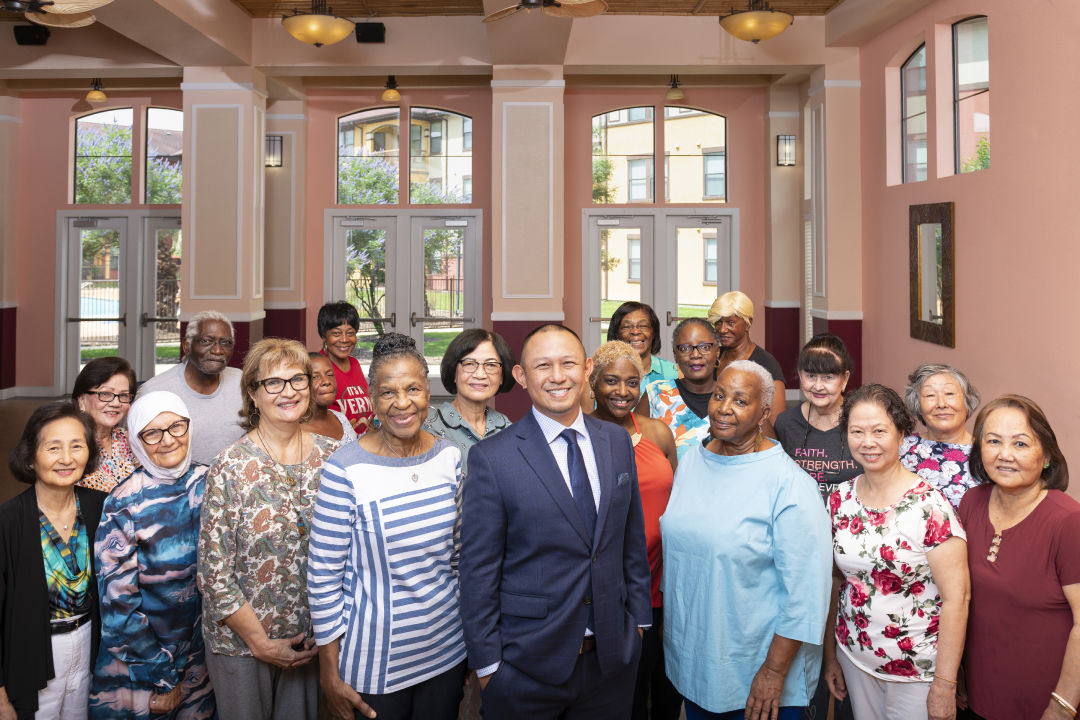
Mike Nguyen, center, the executive director of VN TeamWork, with residents from one of the nonprofit's senior housing complexes.
Image: Anthony Rathbun
“I feel like Asiatown helps to keep an American-born Vietnamese person still in touch with their culture and community, to still have a chance to eat all the food,” says Mike Nguyen, 42, the American-born executive director of VN TeamWork, which was founded by his late father. He doesn’t just mean the foods his family knew when they fled Vietnam, but current street foods and culinary trends in Vietnam brought over by newer immigrants. The ones that help keep the neighborhood vibrant.
In recent years, my family moved even farther out from Asiatown. I moved away, first to California, and recently to New York. I keep thinking about what makes a place feel like home. When does it switch from feeling foreign to familiar? To feeling like you belong? Partly, I think, it comes from the spots you frequent. You have that one place you visit for that one thing.
Asiatown’s foods nourish a sense of home for my family, of comfort. My dad buys his cha siu baos from one bakery in Asiatown. At the end of my mom’s life, when cancer stole her appetite, her friends brought homemade jook and one of her favorite dim sum dishes, ha gao, from Asiatown.
When I returned to Houston earlier this year, it was my first time coming home with Mom not here, the first family dim sum without her. These days, Ocean Palace for dim sum is out among my dad’s friends, and Crown Seafood is in.
When my family arrived after our drive, we unstretched from the car, then got a number. After a wait, a teenage hostess in a white T-shirt and hoodie tied around her waist led us to a table. I only knew she worked there by the stack of menus she carried in her arms and the disaffected look on her face.
We began filling out the order sheet. Asked what kind of tea we wanted, my father ordered only hot water. When the pots arrived, he fished a golden-foil packet out of his pocket. He’d brought his own tea. It was something Mom would have done.
My 6-year-old nephew looked around, wide-eyed. He is a child of the pandemic who hardly saw anyone besides his family for two and a half years. Across the table from me, with his stuffed bunny next to him, he marveled, “This is where the real Chinese people are.”
I corrected him. “We are real Chinese people.” This was the original lesson of Asiatown, that there is a whole world of Asian people, and that we belong to it.
After dim sum, I wanted to hit up some bakeries. There is a joke, but a truth, that the best compliment you can bestow on an Asian dessert is that it’s not too sweet. I didn’t understand this as a child. I didn’t love the spongy fruit-covered cakes that my parents ordered for celebrations. For a kid, they were too light and airy, not sugary enough. At some point, I started asking for, and receiving, ice cream cakes from Baskin-Robbins on my birthdays.
But now that I’m older, I understand this cake. I even crave it.
